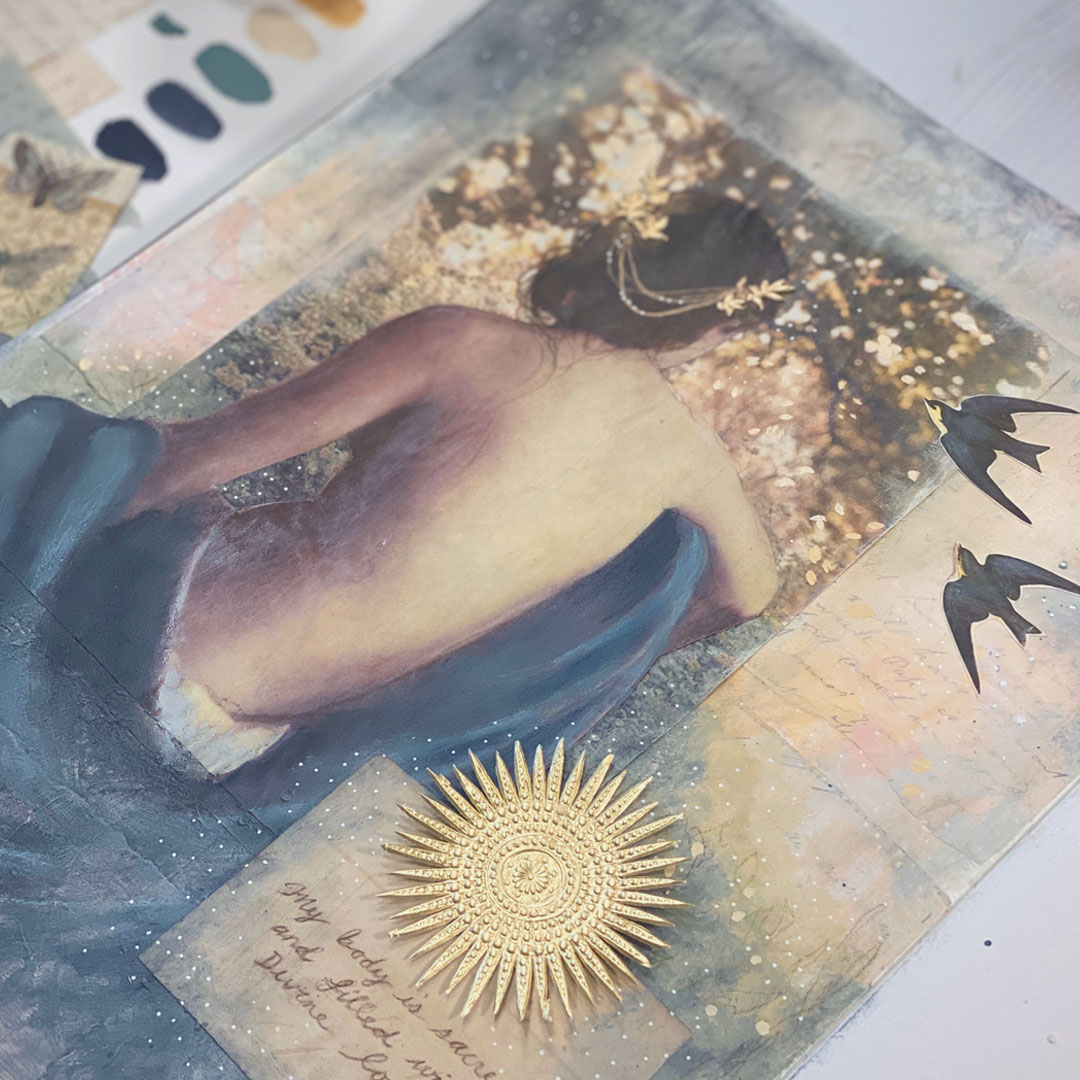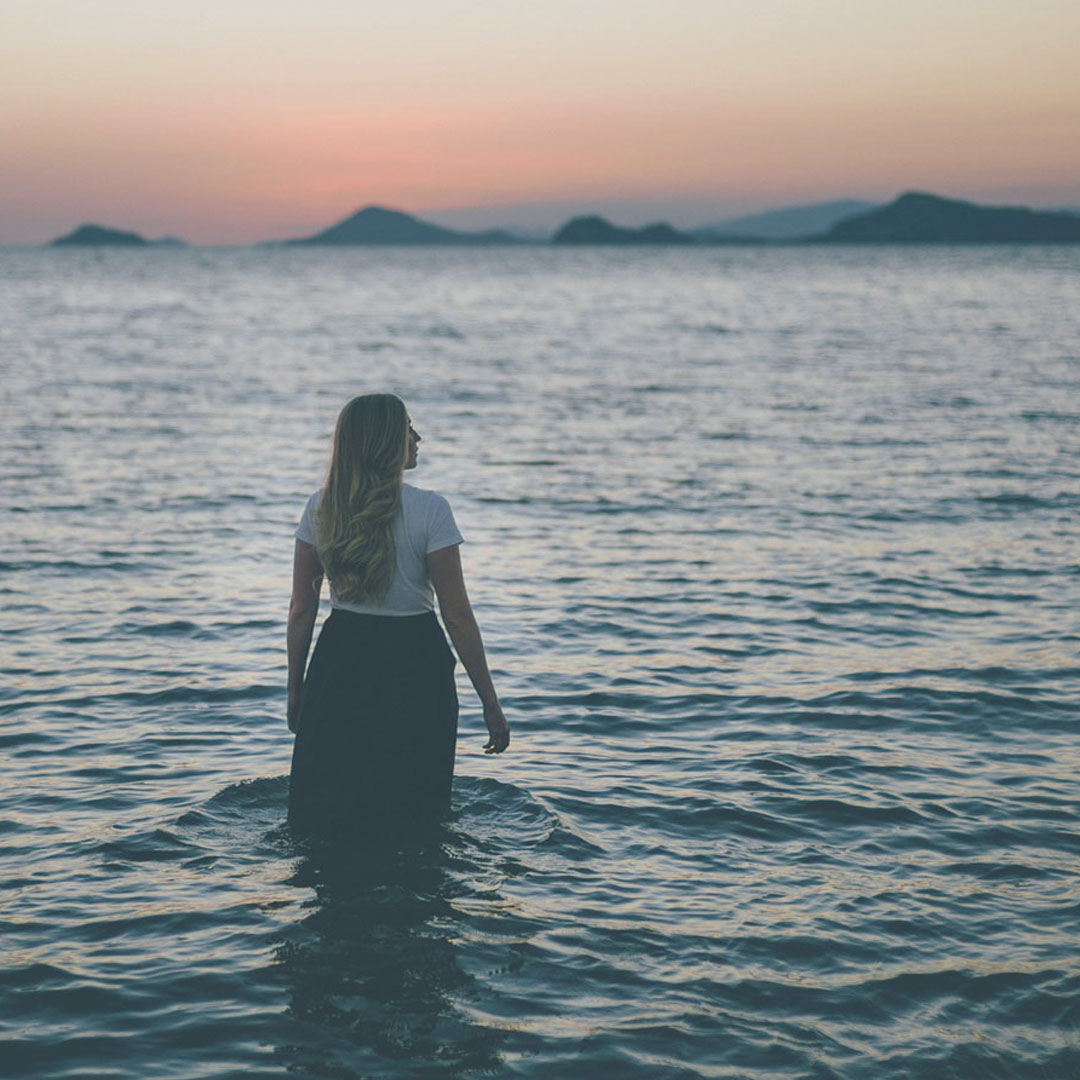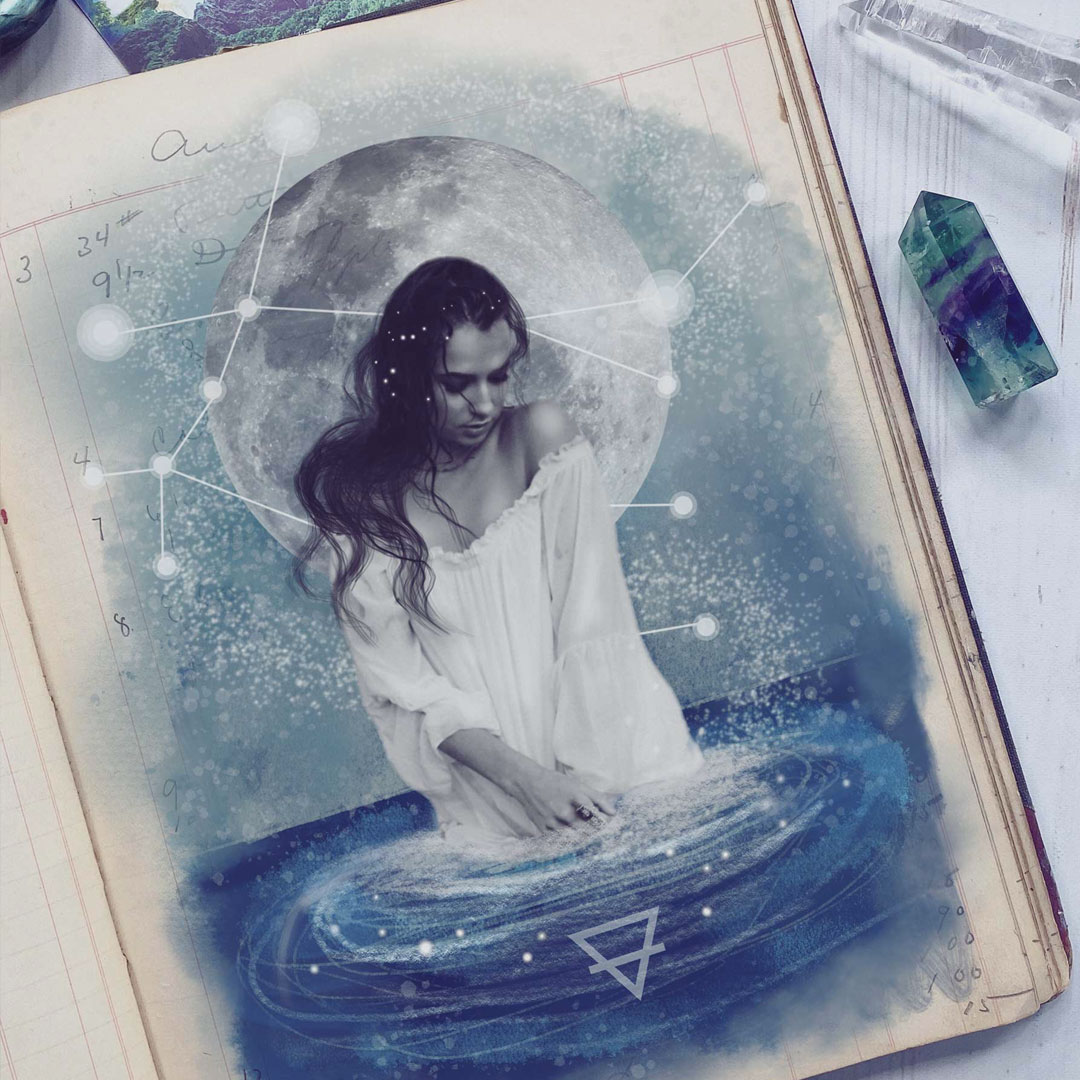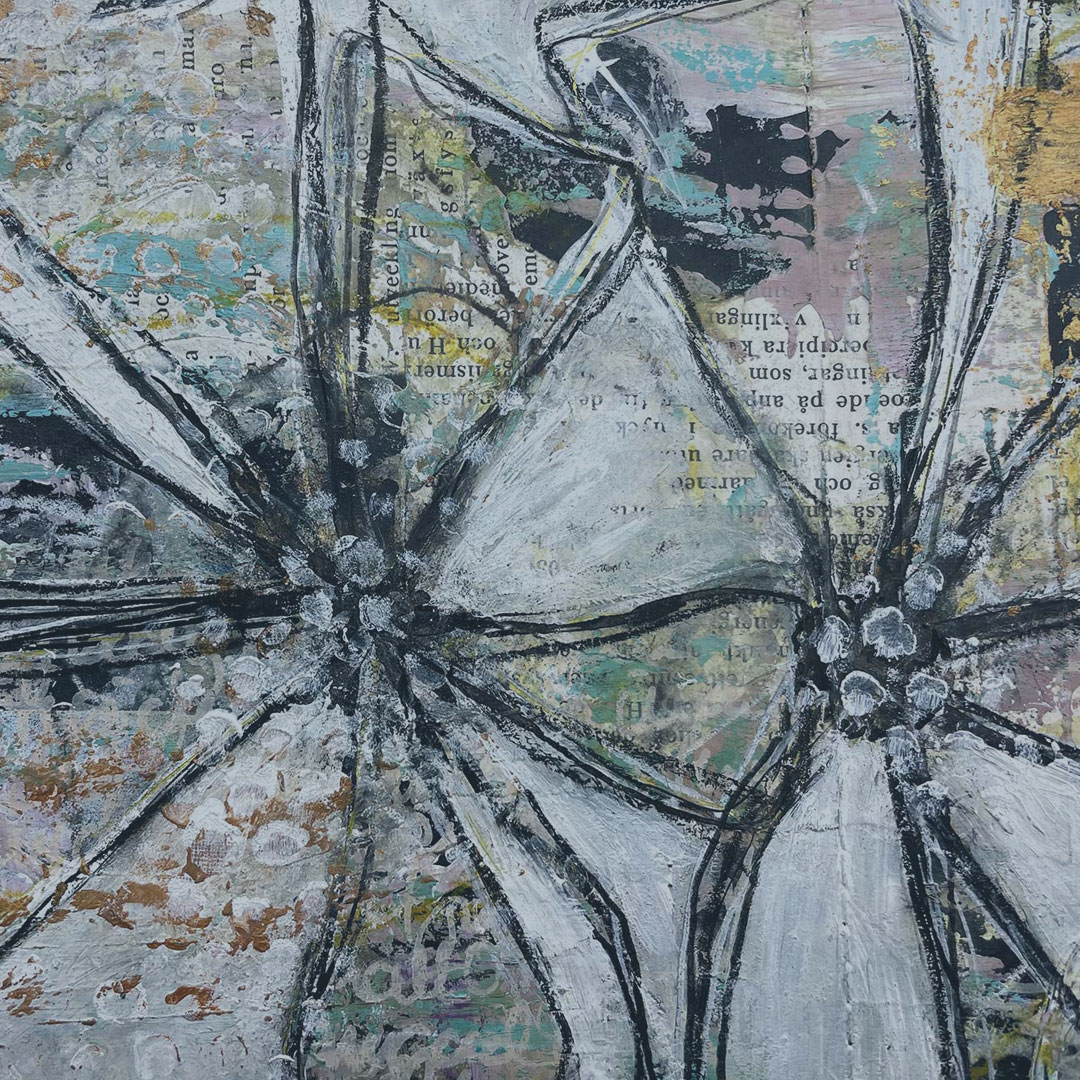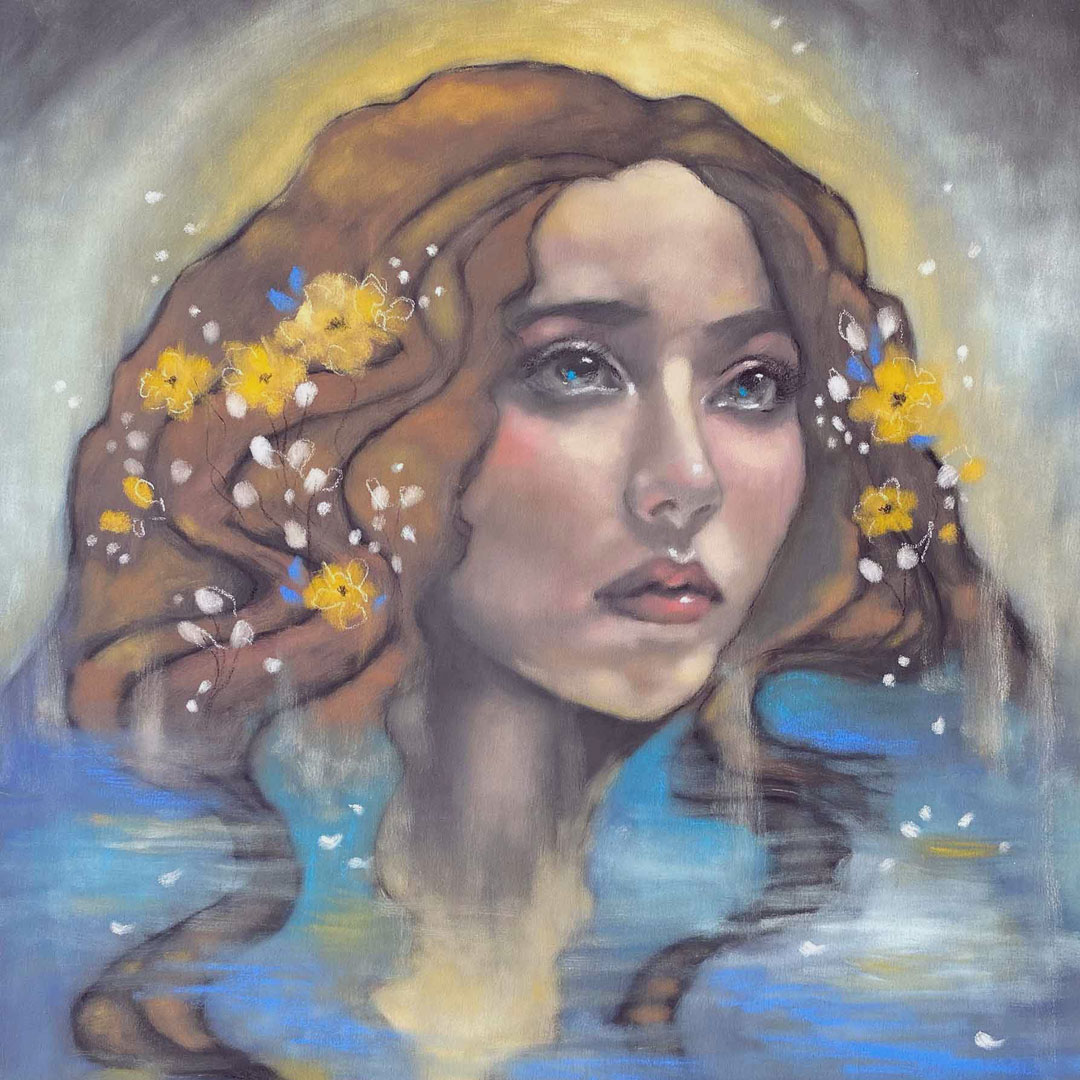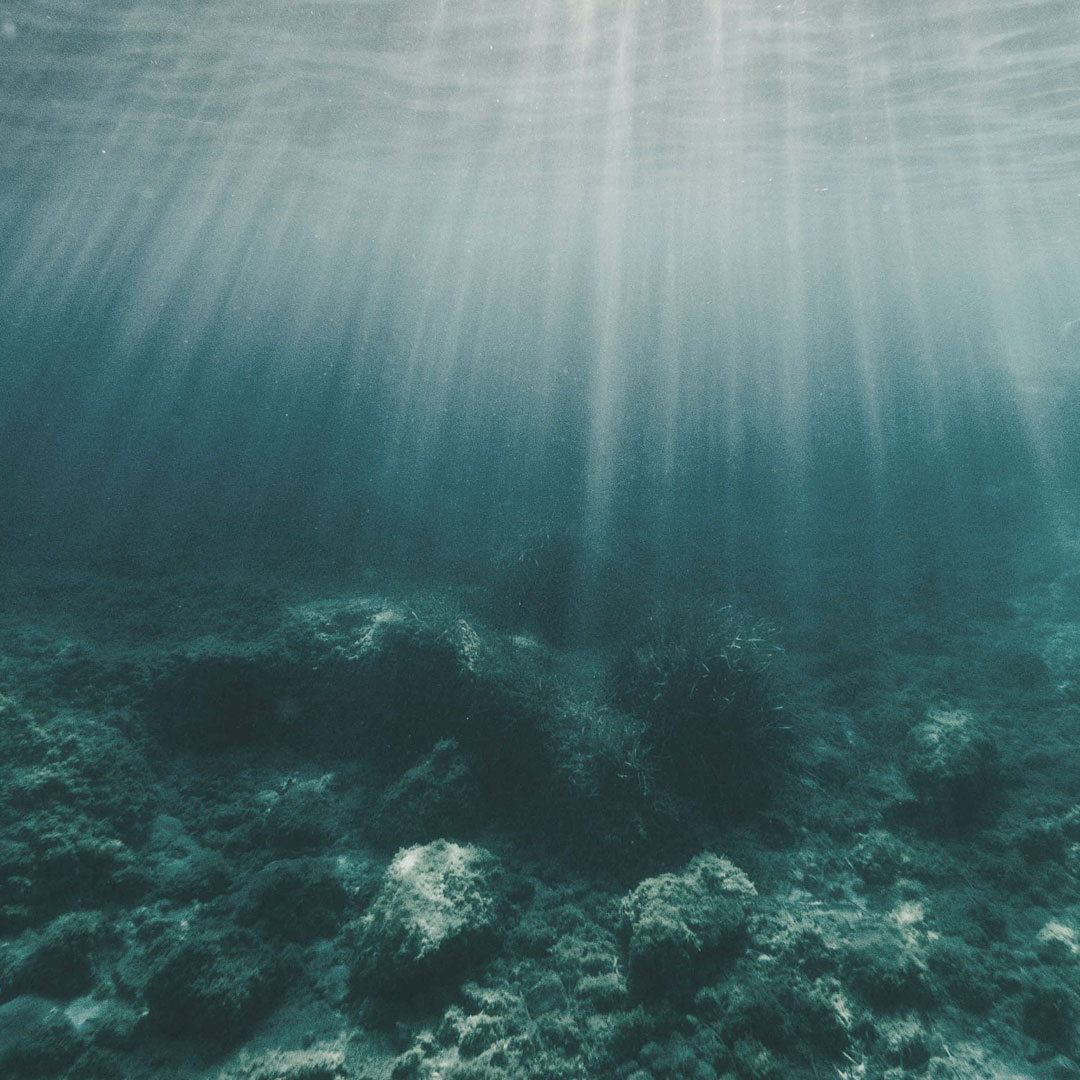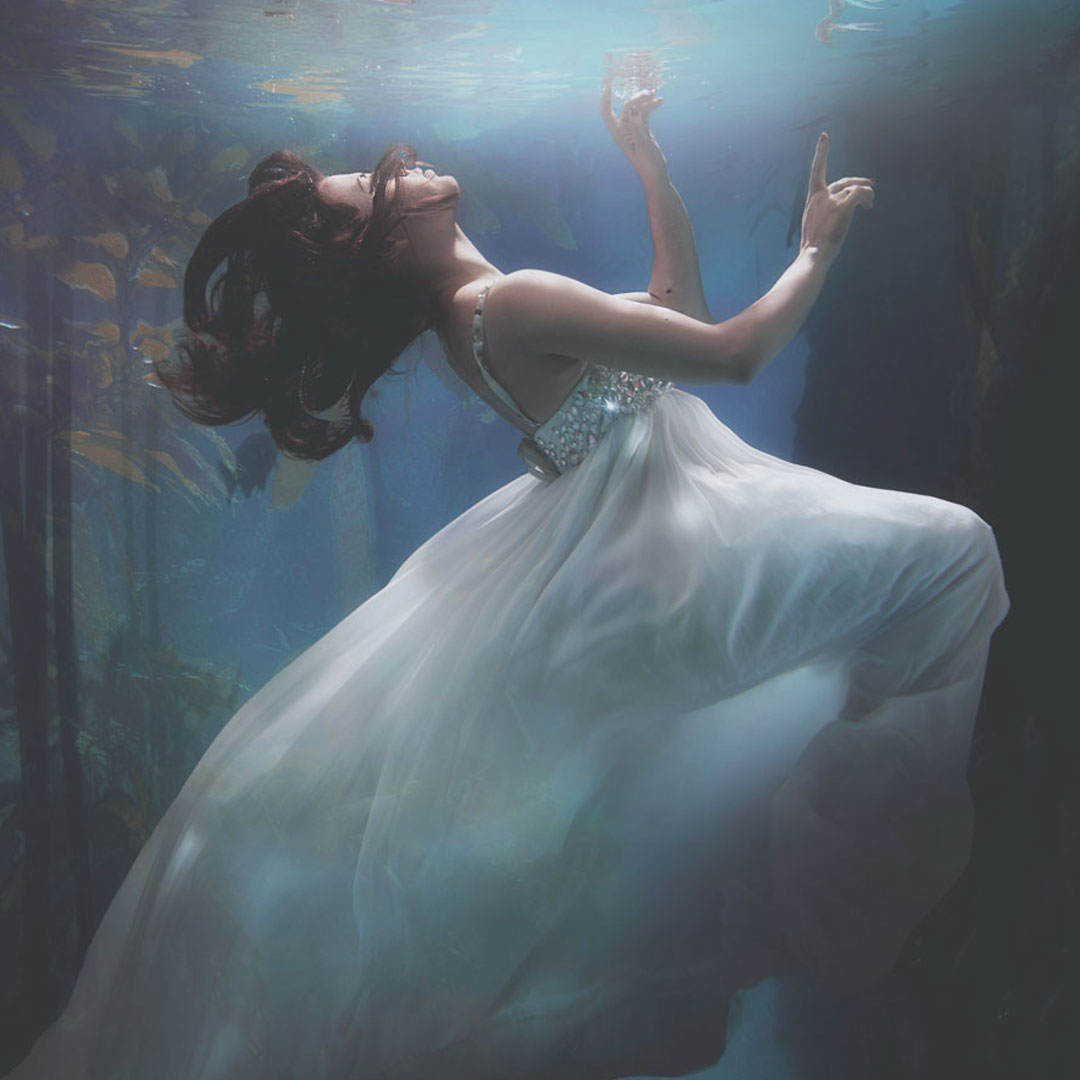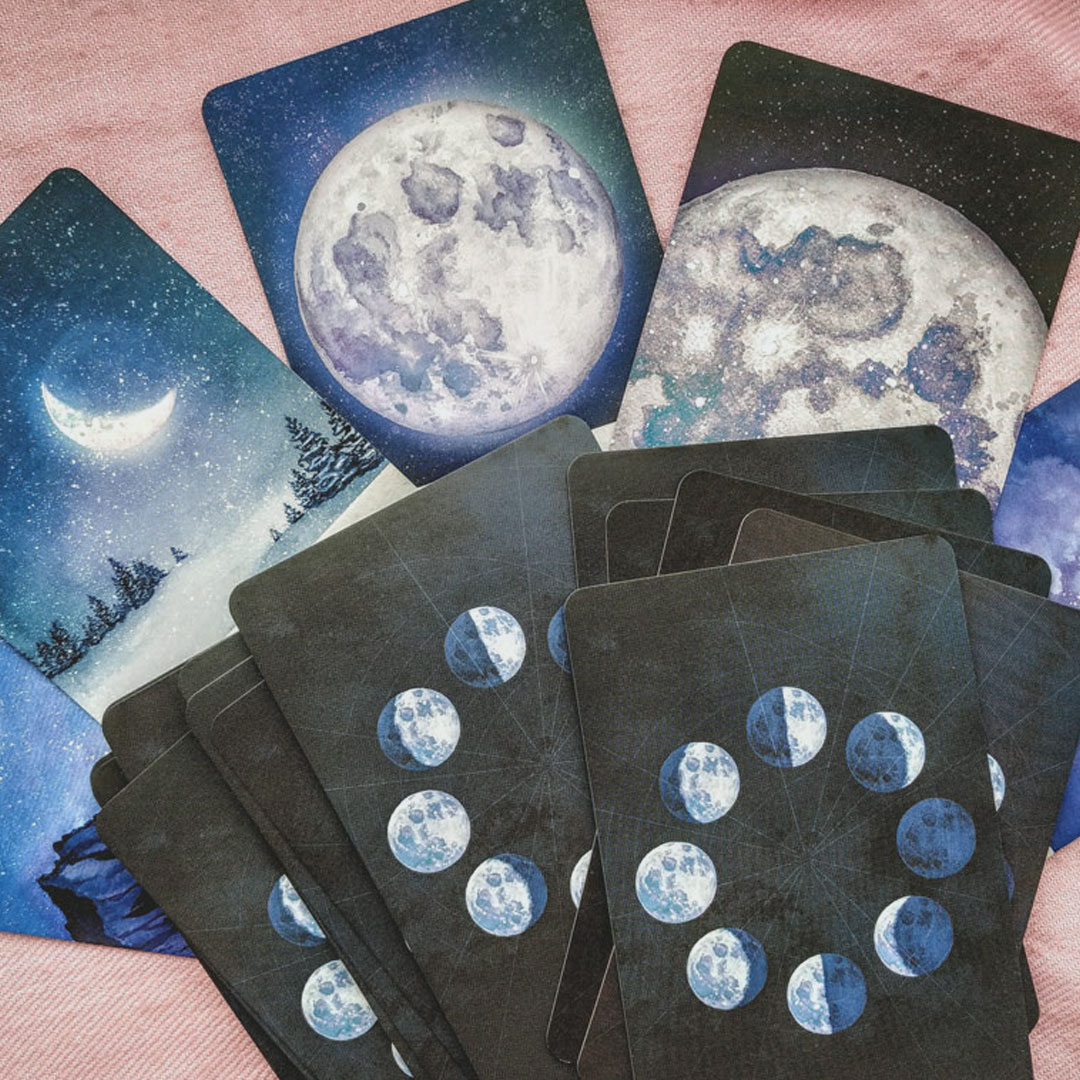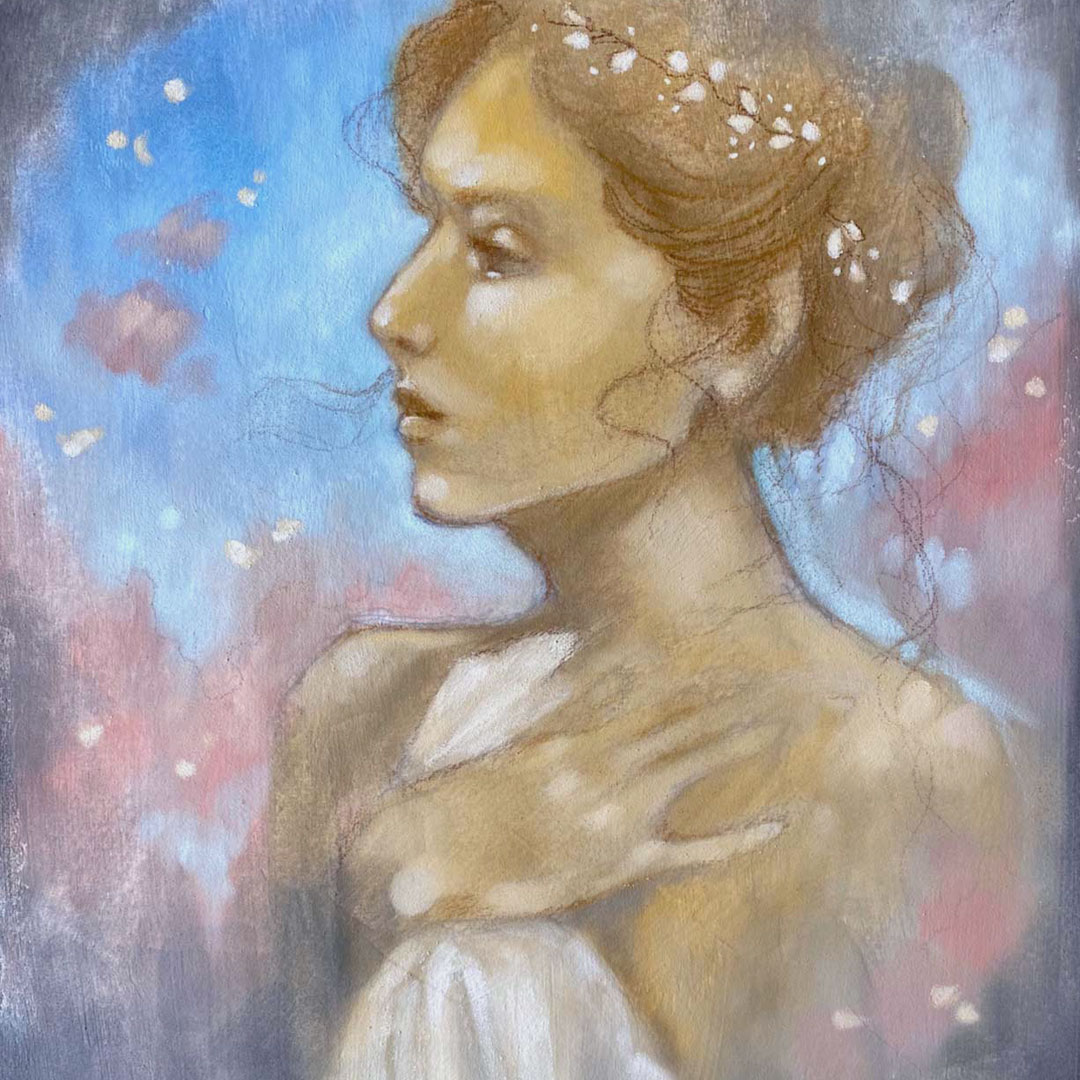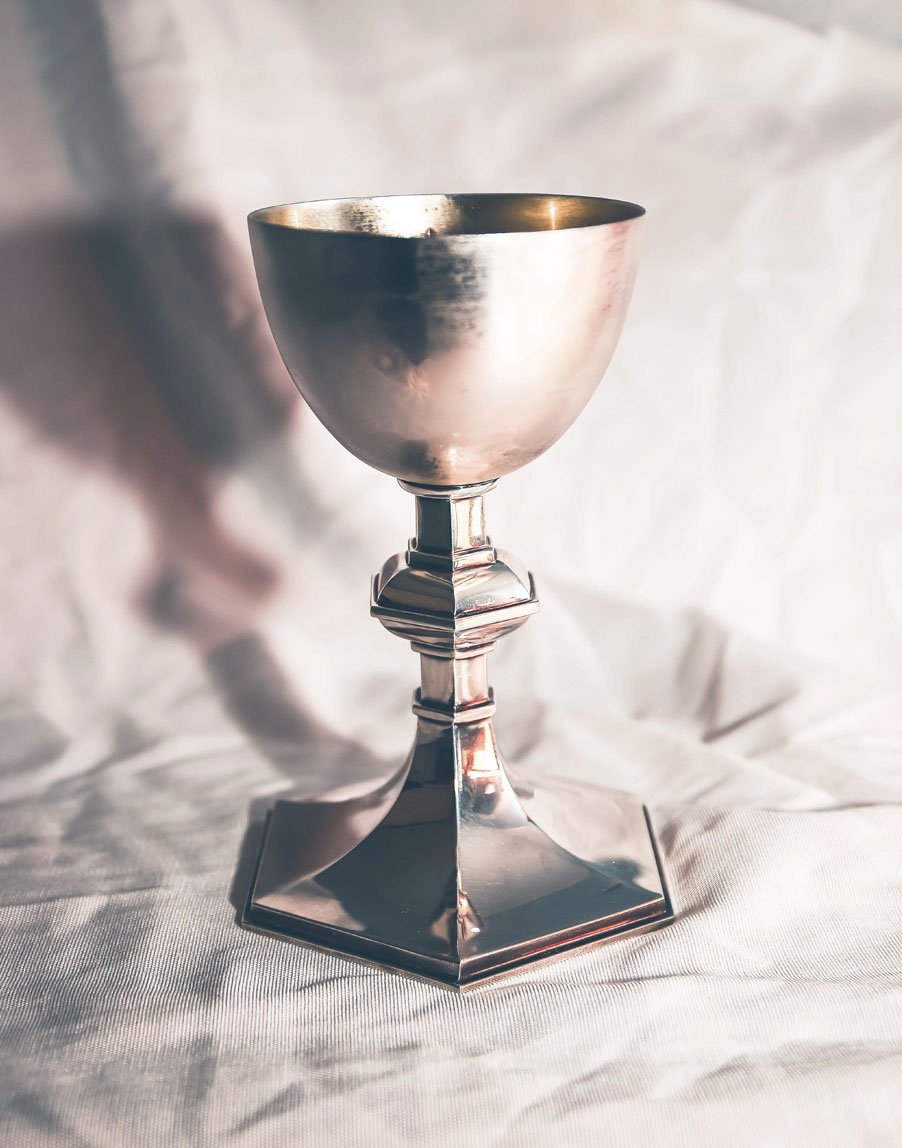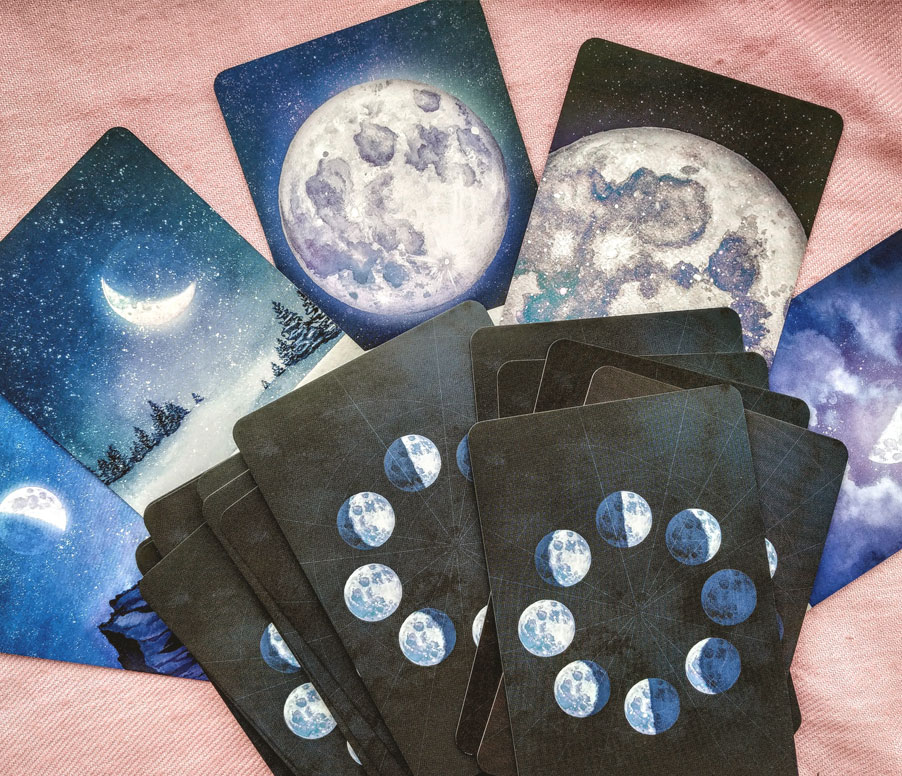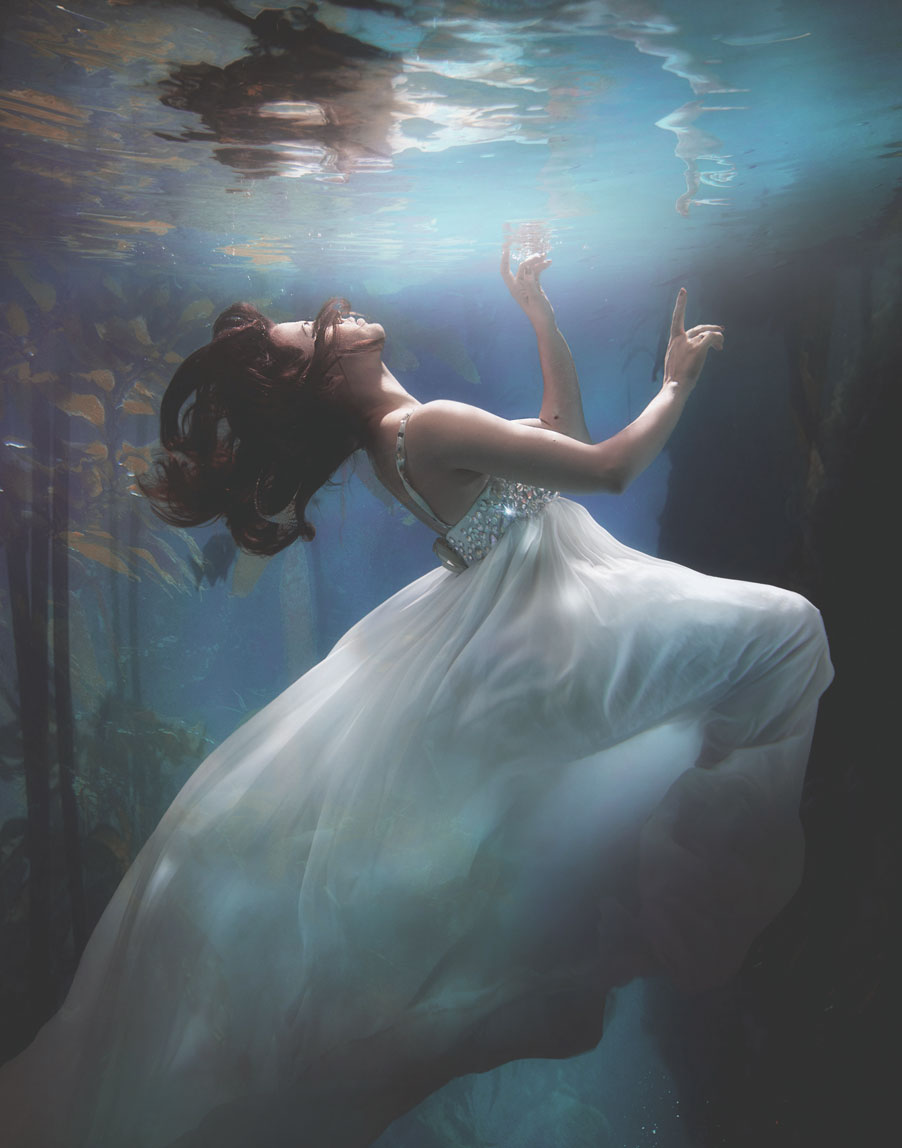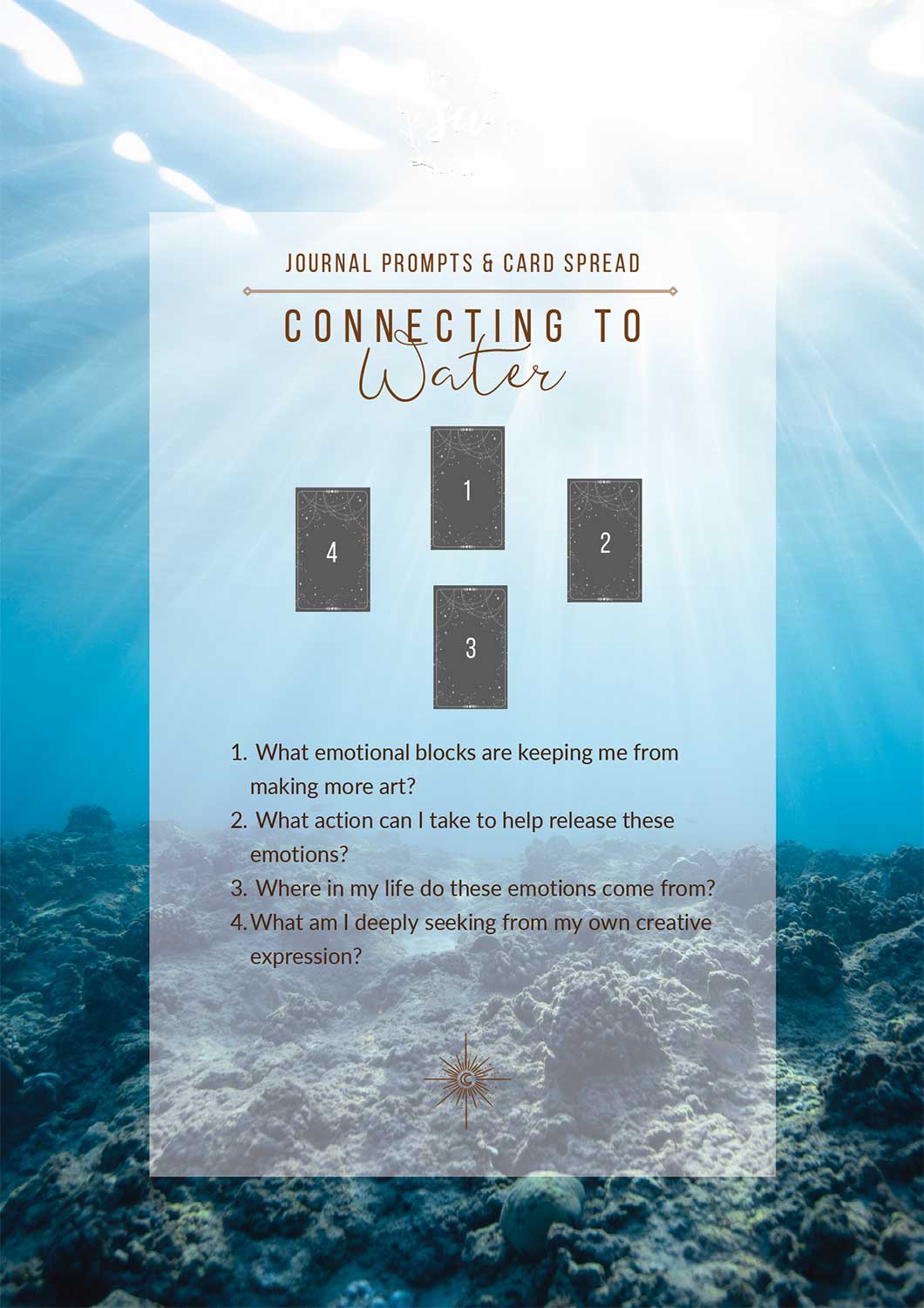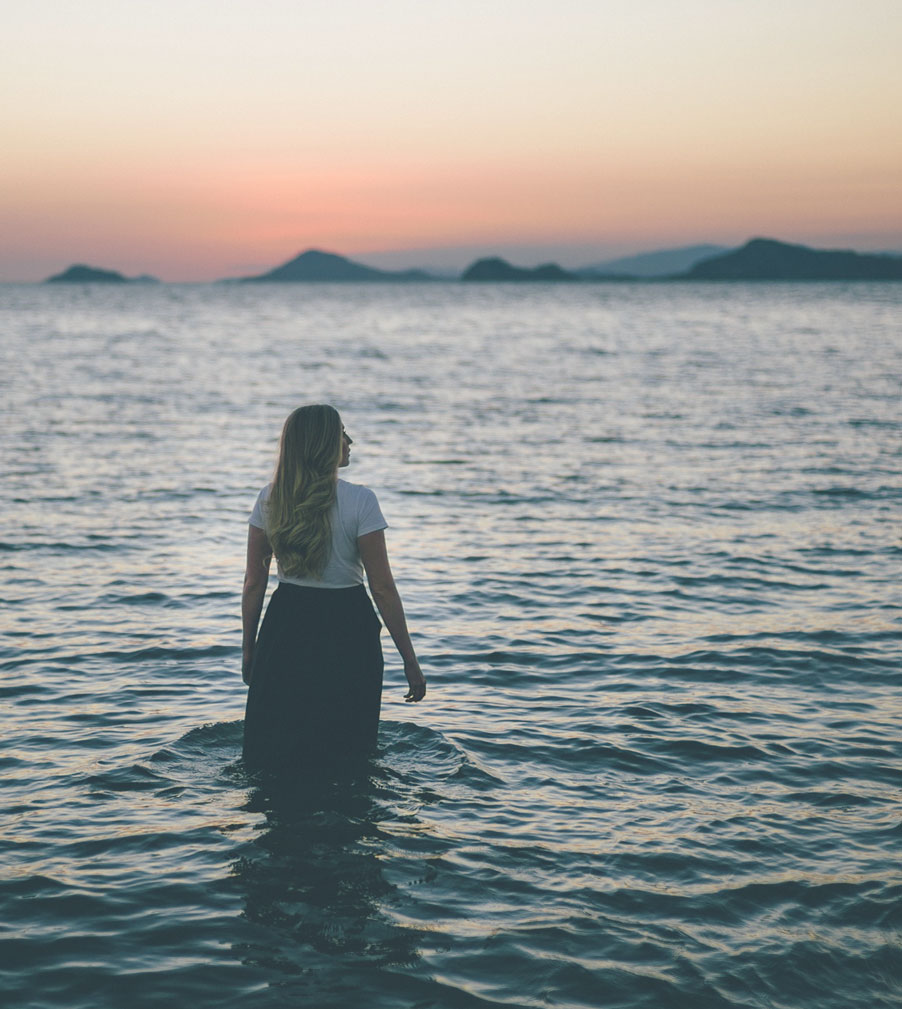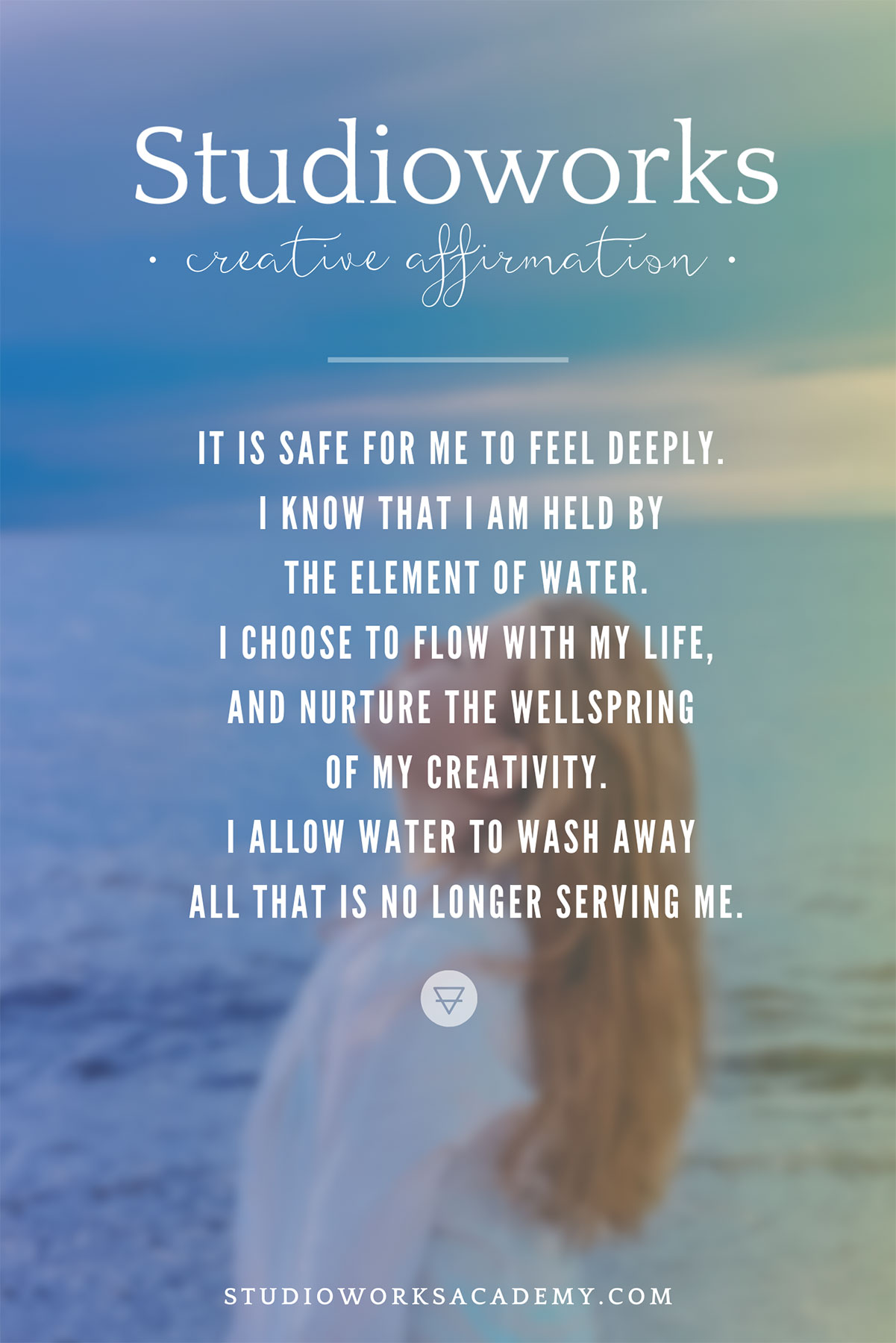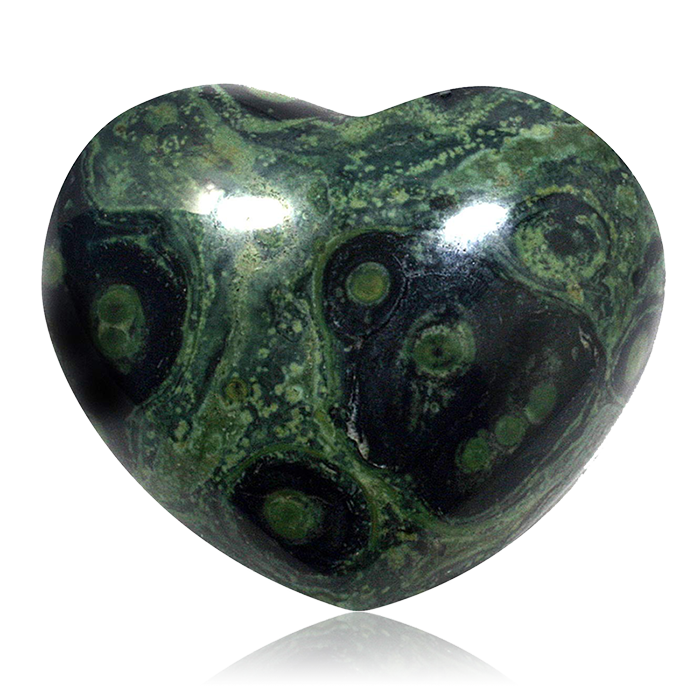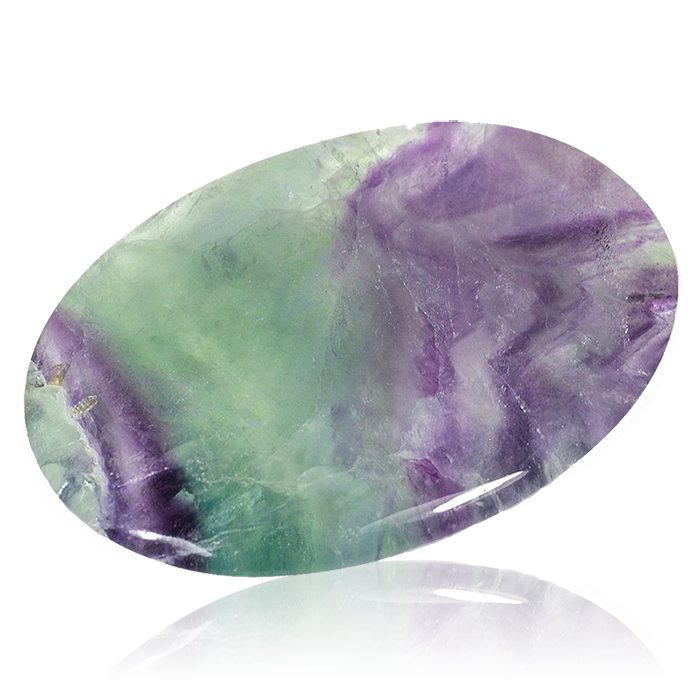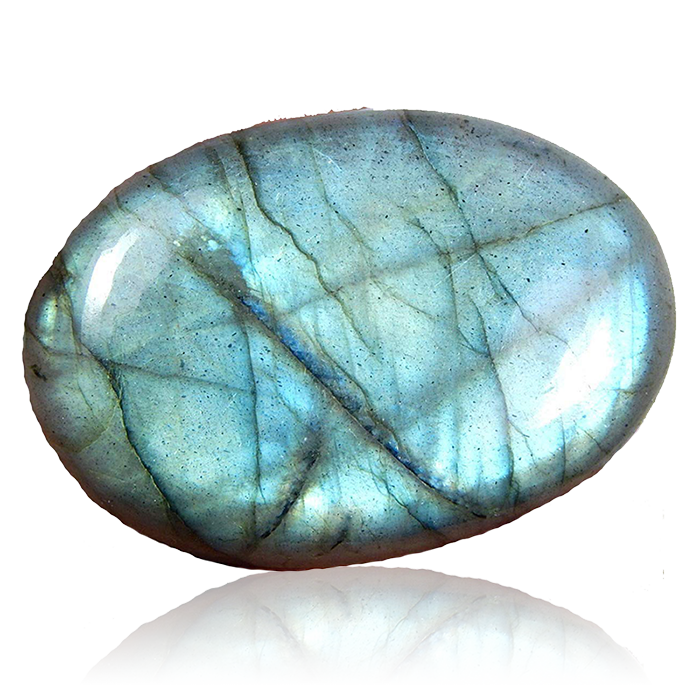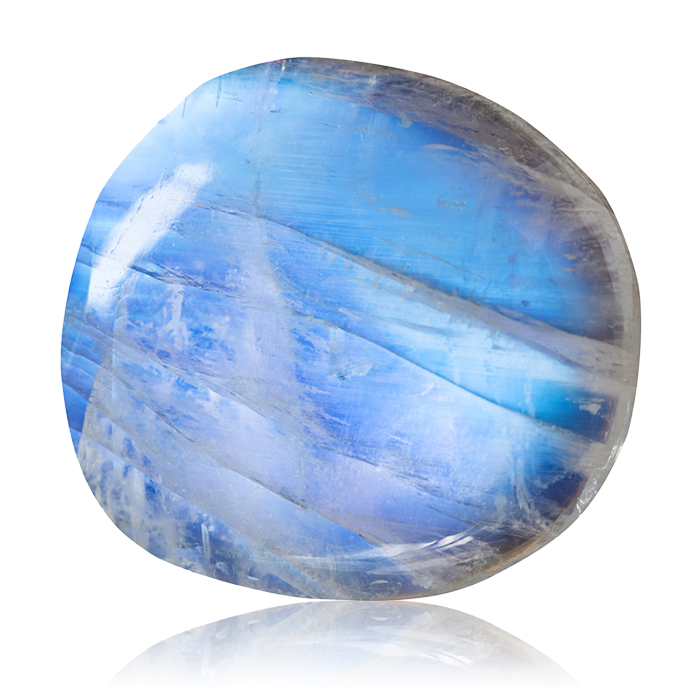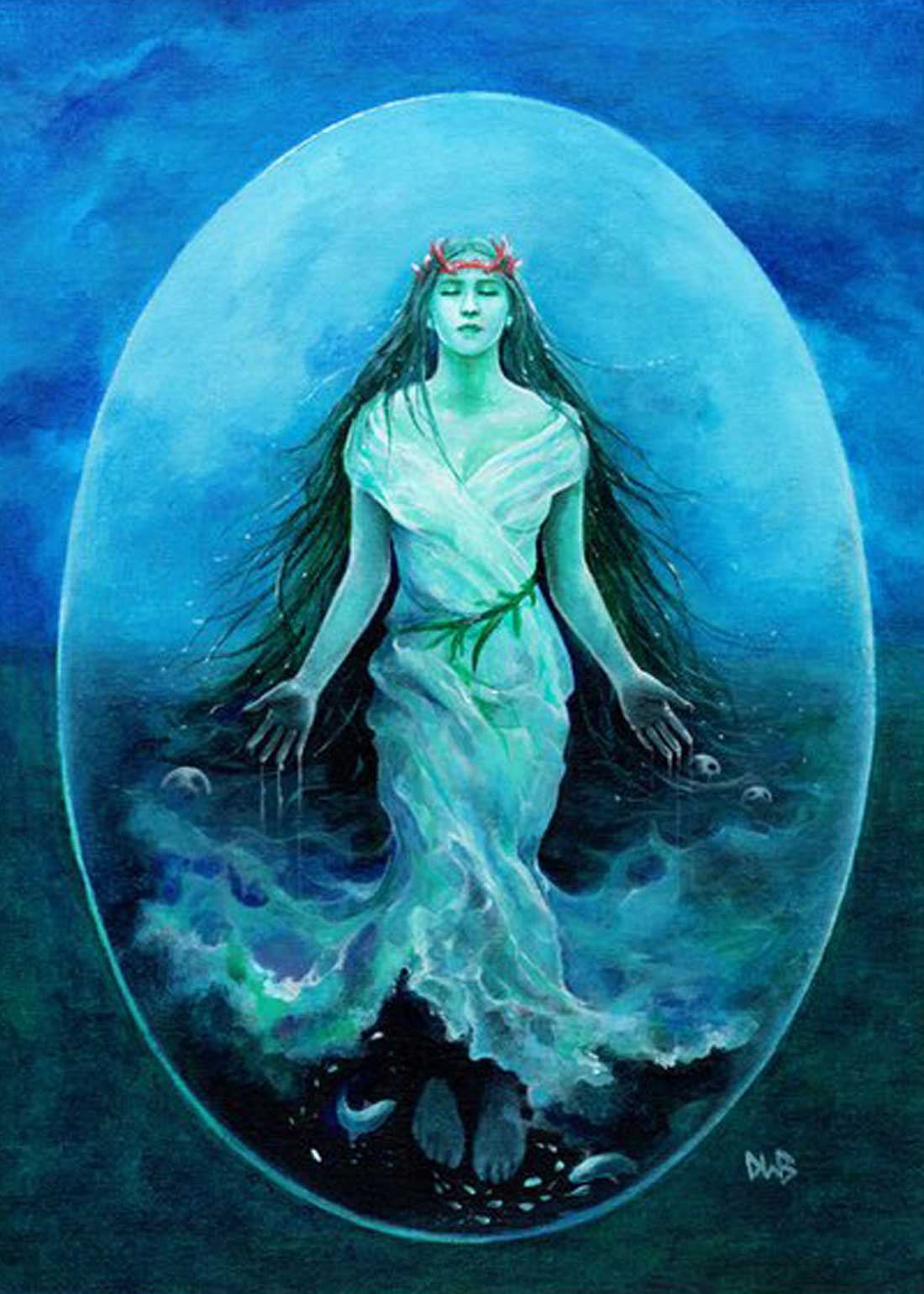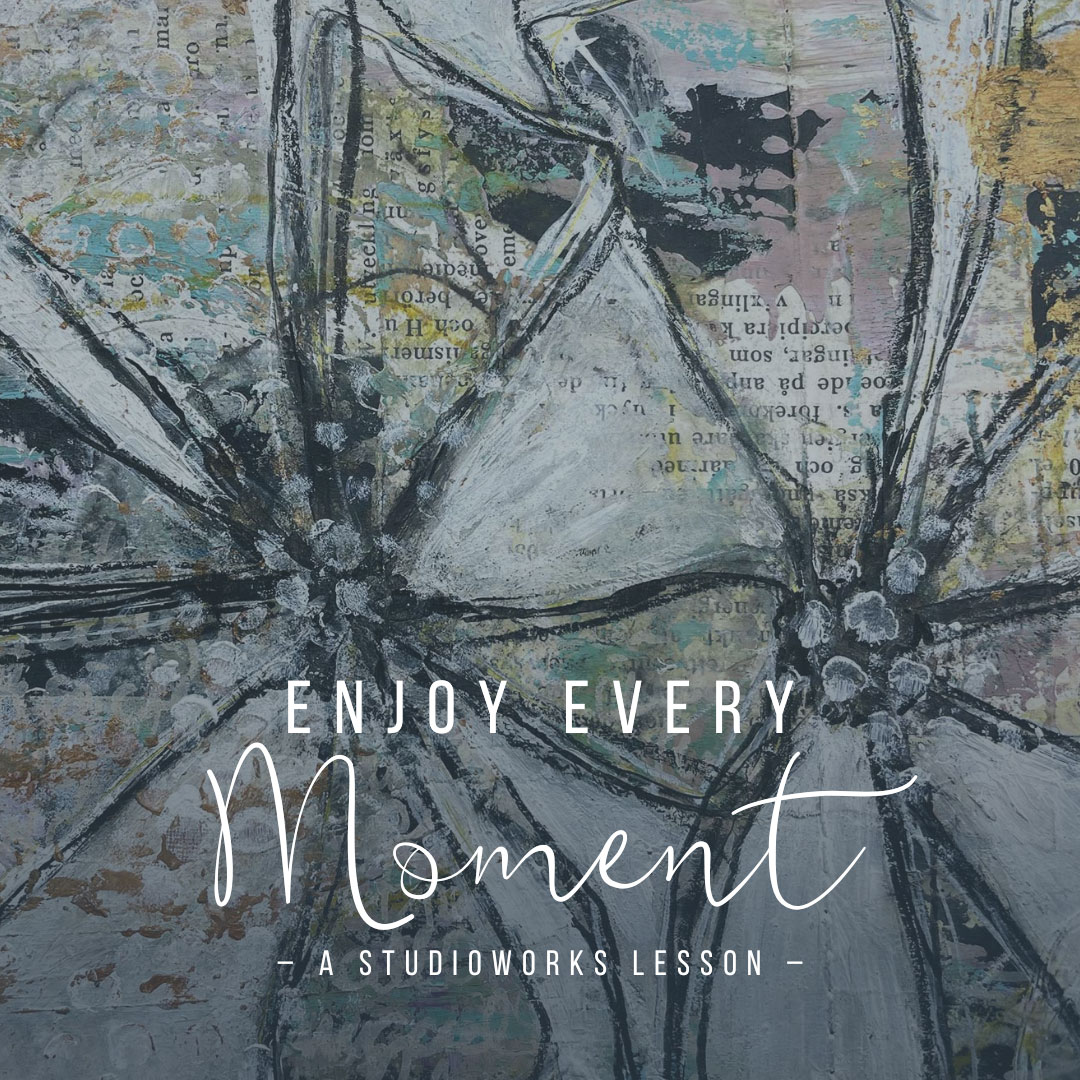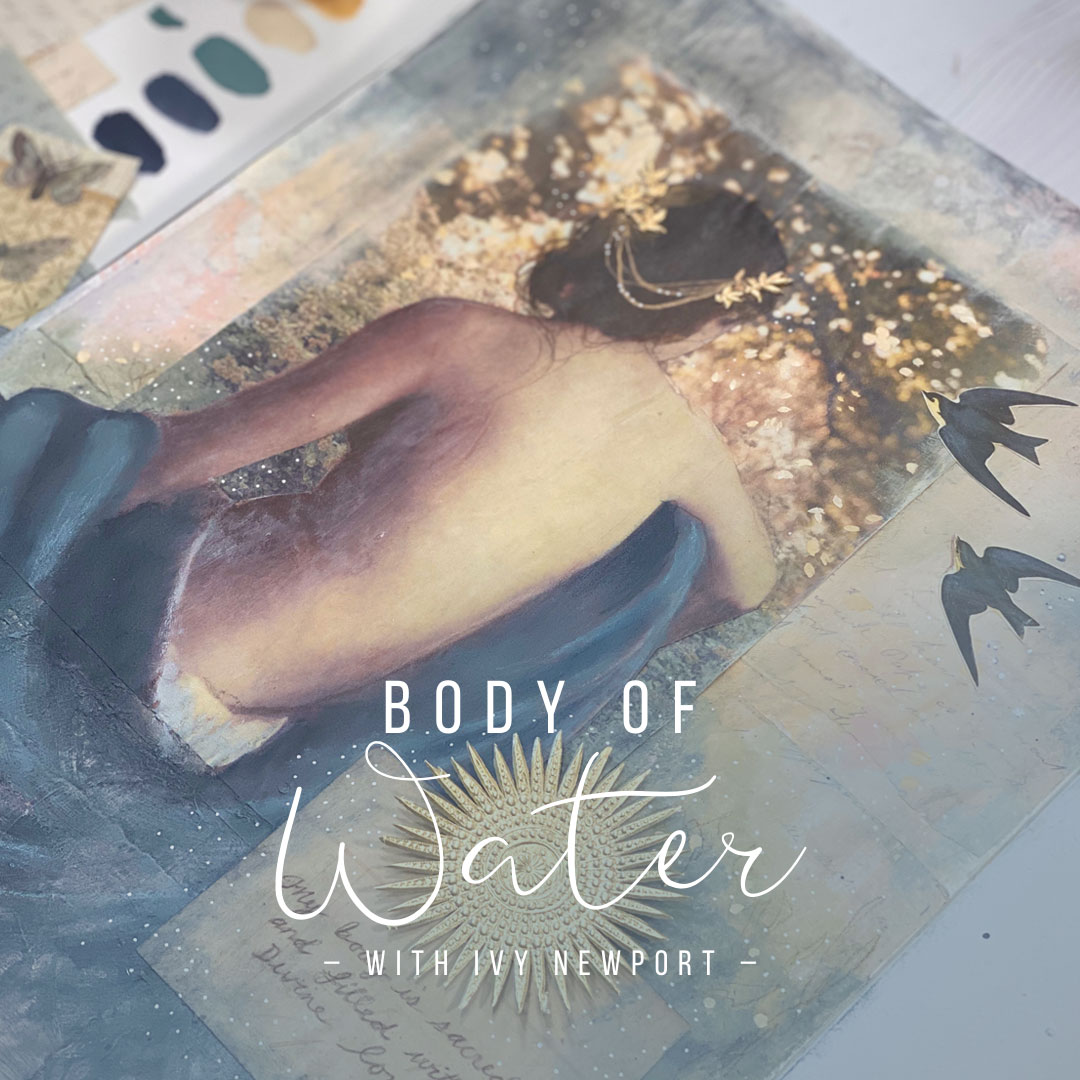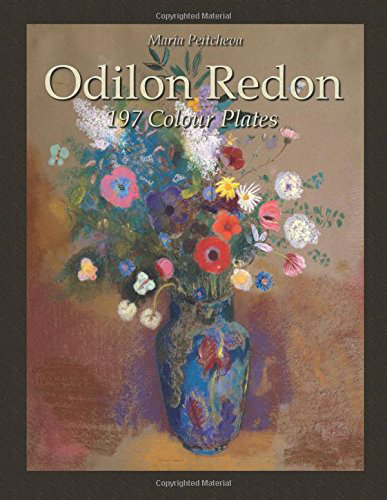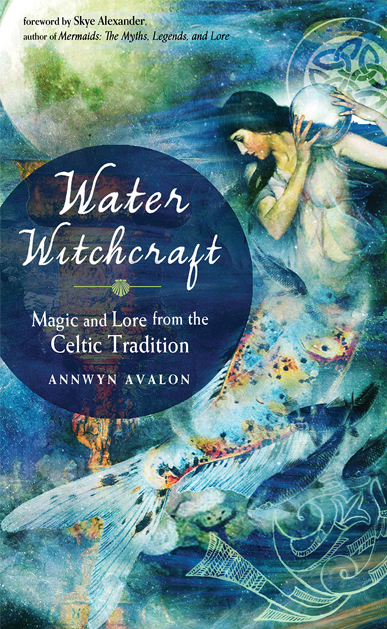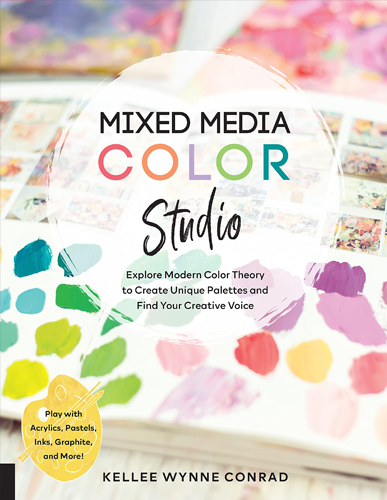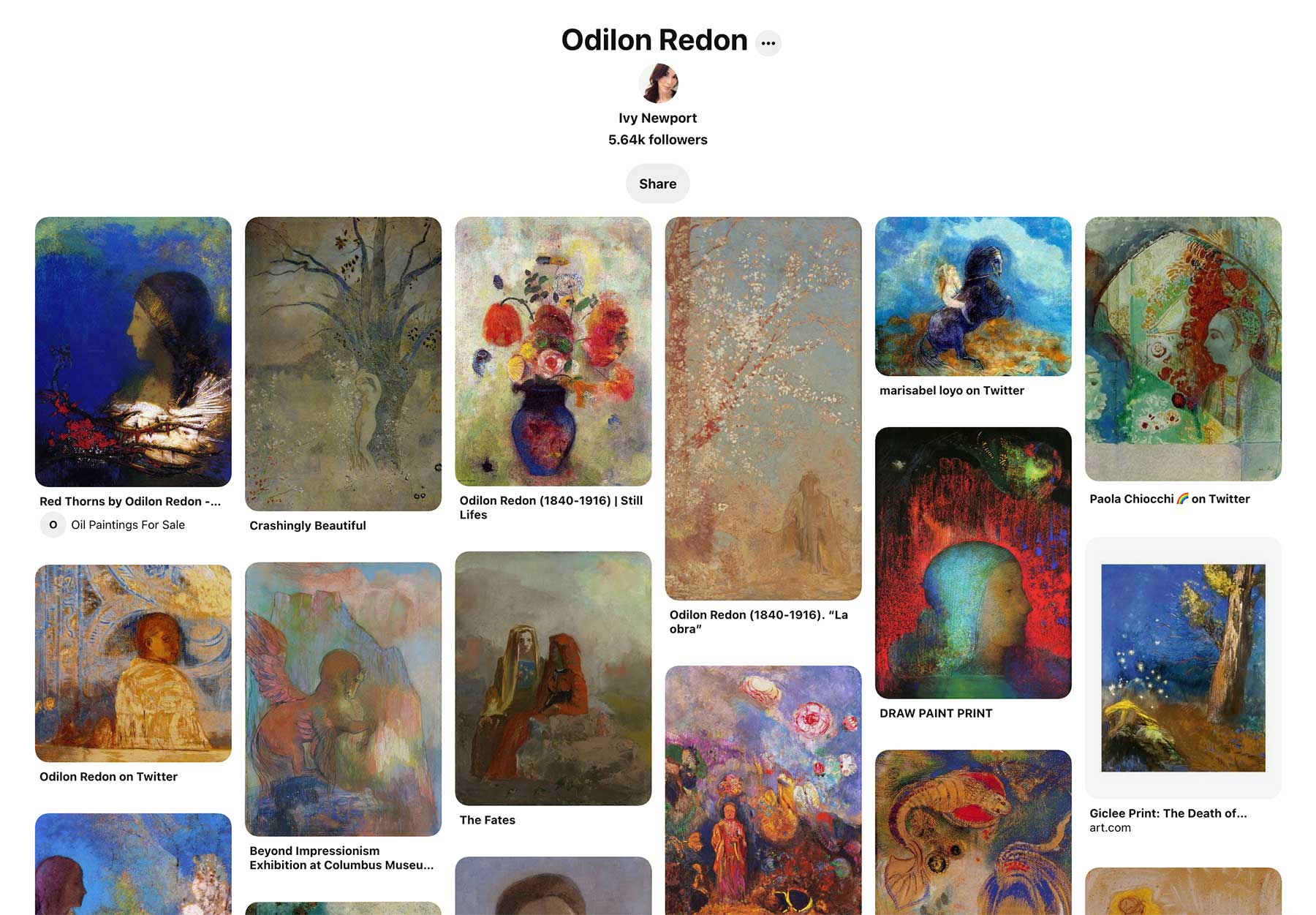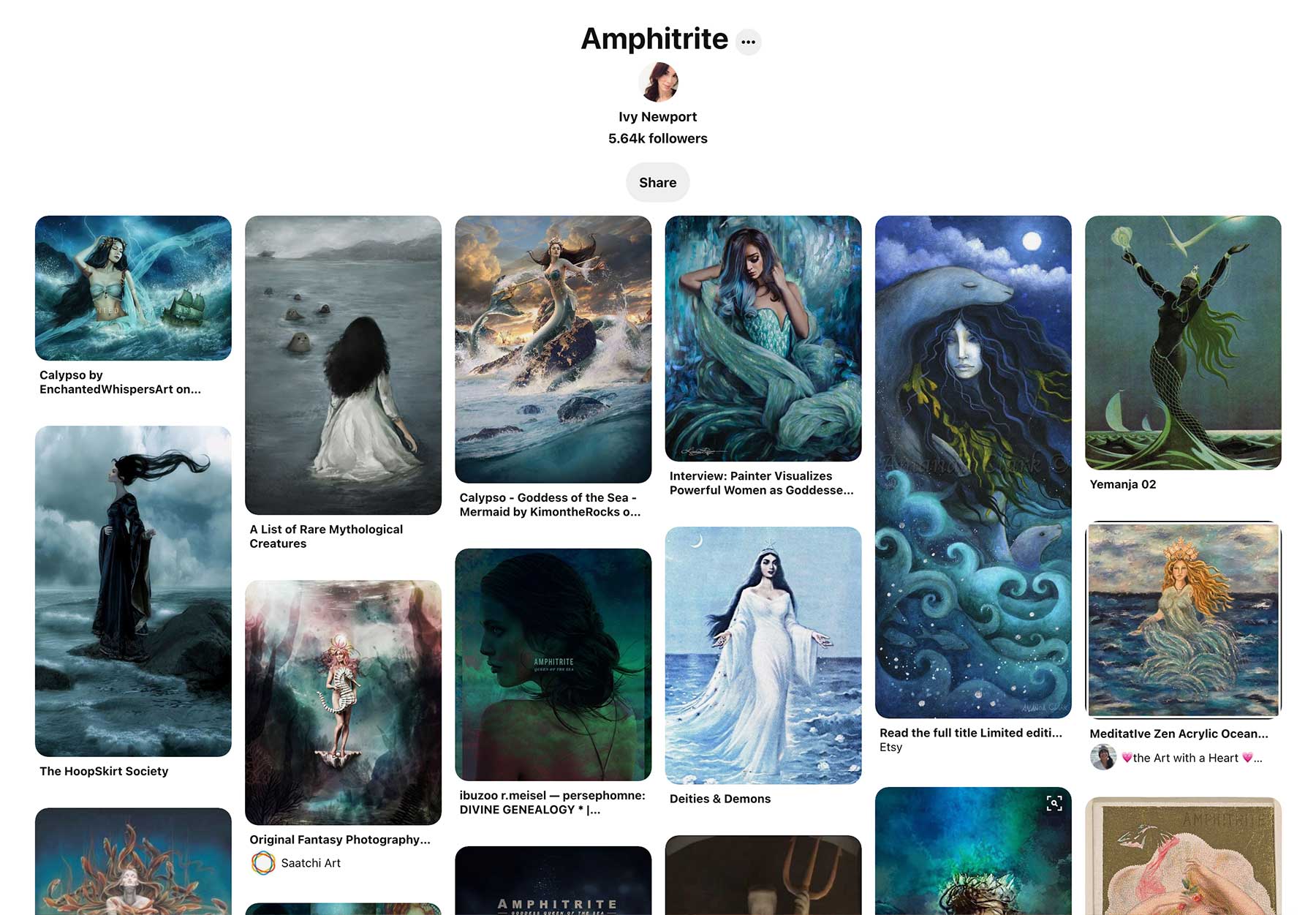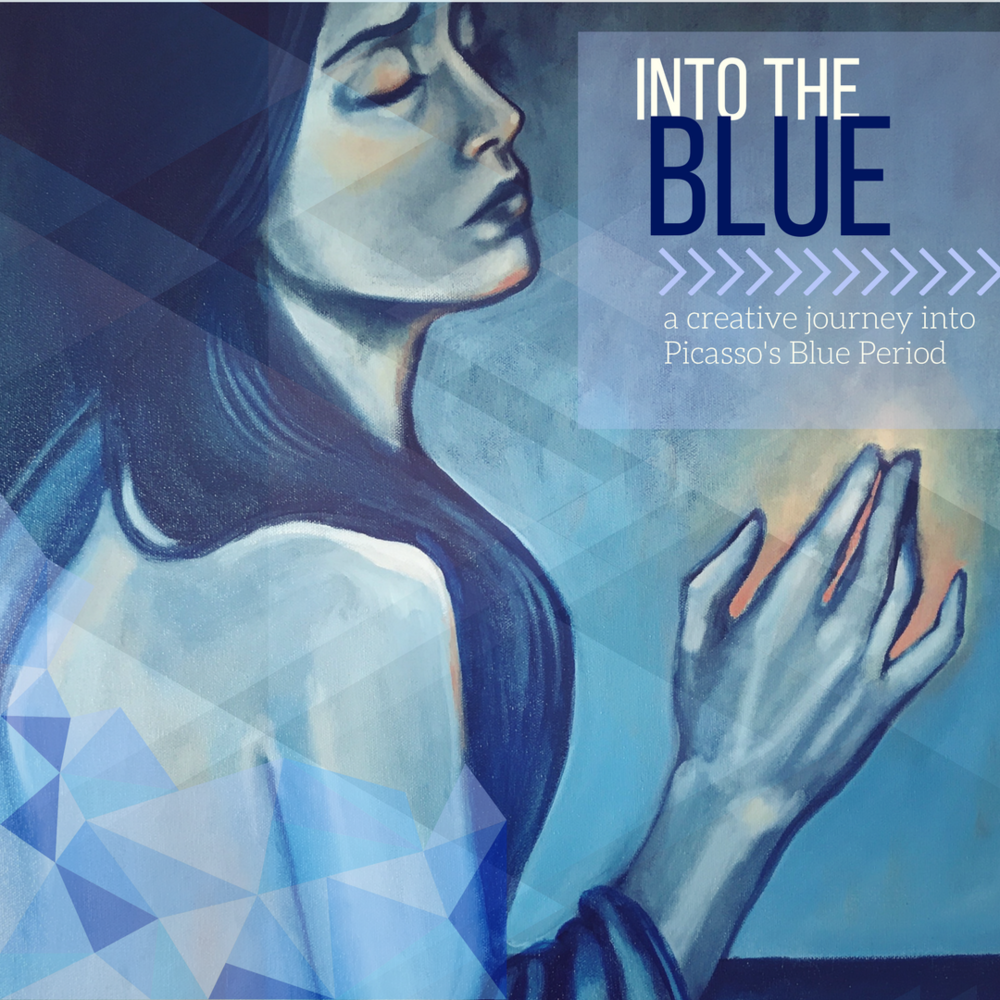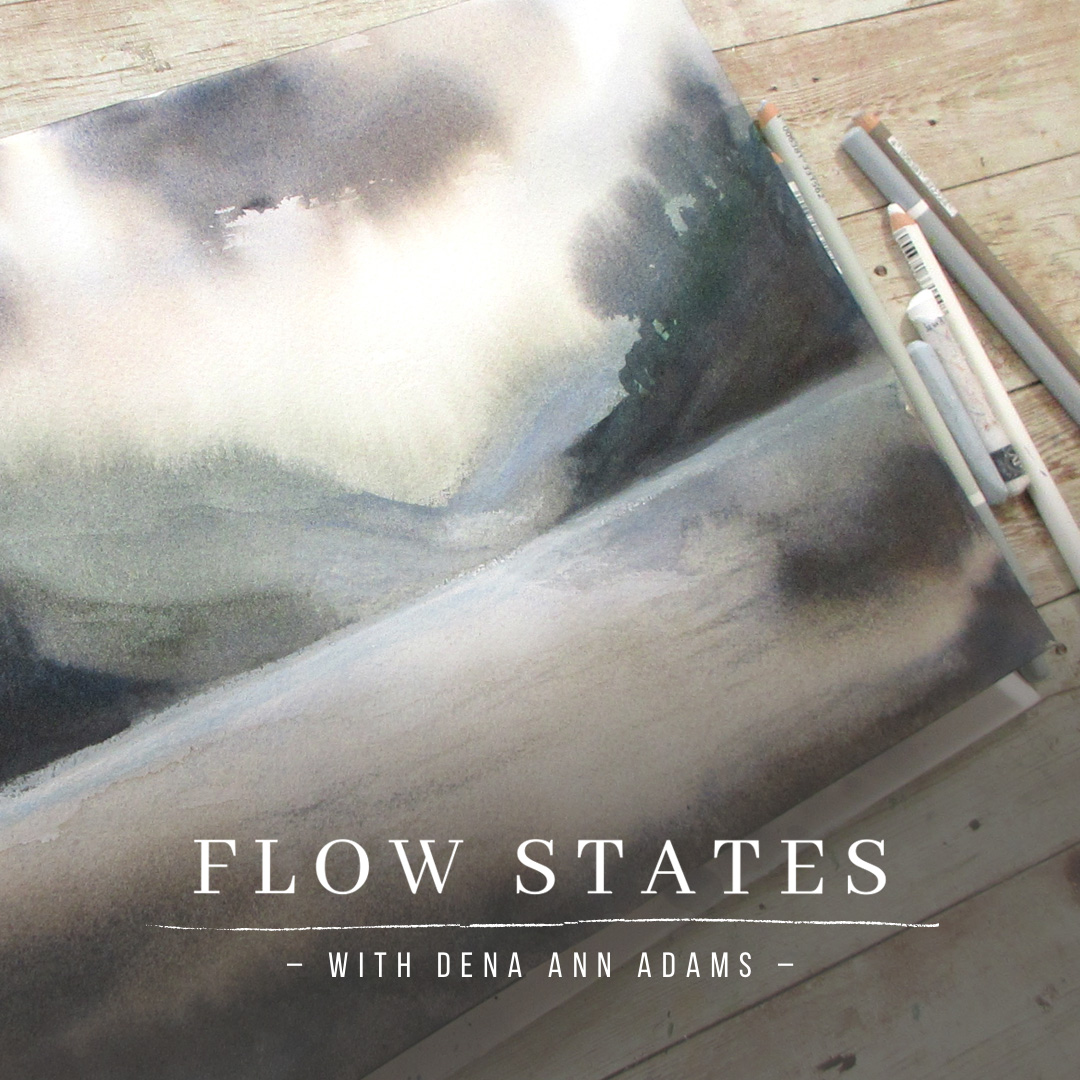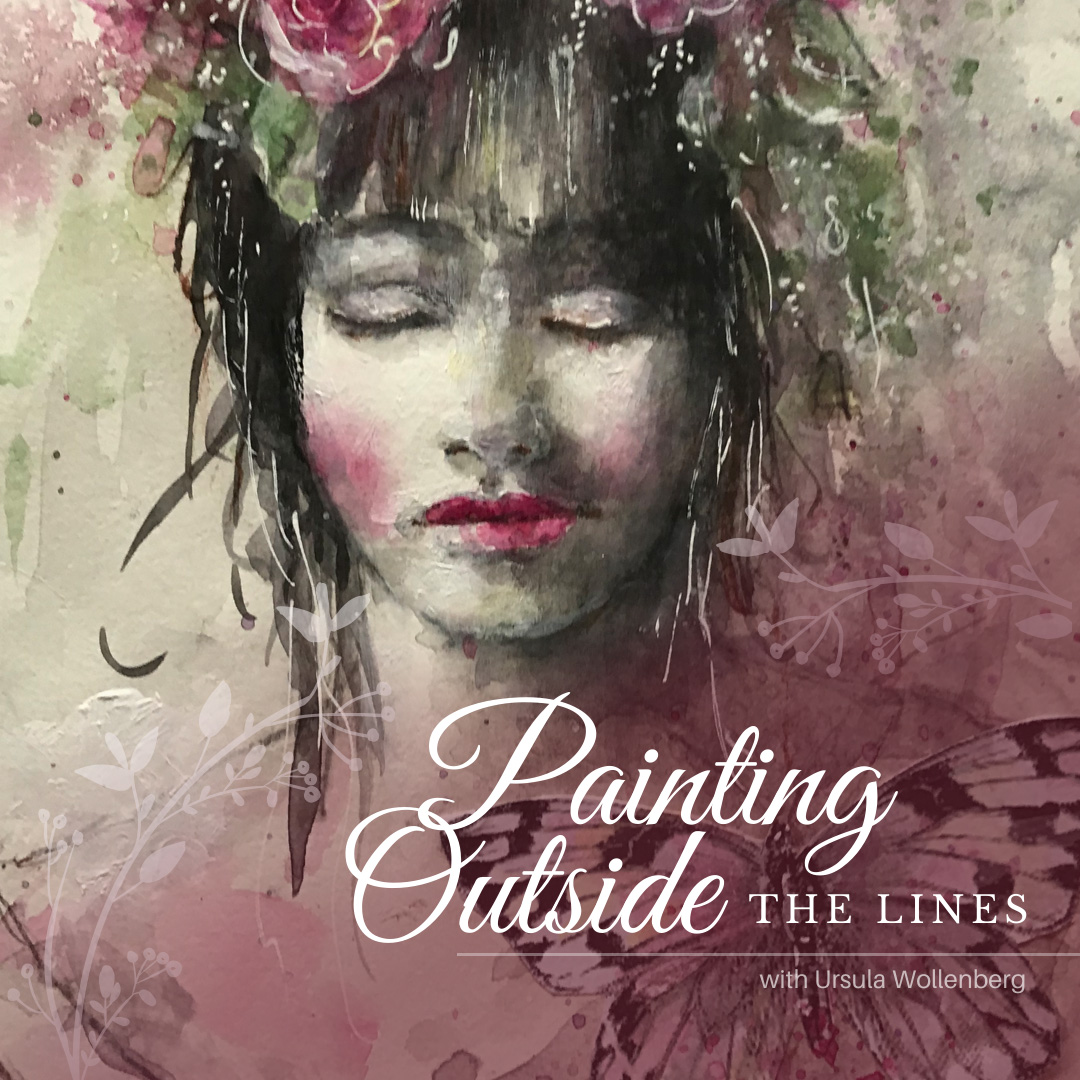IVY NEWPORT
Studioworks
Journal
a letter from ivy
Dear creative friends,
Welcome to Issue #34 of the Studioworks Journal! As always, I’m delighted you are here with me and I’m excited to share this with you. For the next few months we are going to be taking a journey through the Elements – Earth, Air, Water & Fire. Last month, we focused on Air and this month we will move into Water.
This direction occurred to me after some deep meditation and a desire to connect more intimately to our elemental creative energy. It’s so easy to forget that we are an integral part of the natural world. We are composed of these elements just as everything on the planet is, so as artists and seekers, what better way to reconnect than to dive a little deeper into each of these aspects. We will still follow a similar format which includes studying a Master Artist each month, so fear not, we will definitely be binding our creative path to our explorations as always.
I take it as a very good sign that I began this writing on the Pisces Full Moon! It doesn’t get more watery than that! Ok…let us slip below the surface, explore the depths and quench our soul’s thirst with the element of Water.
xo,

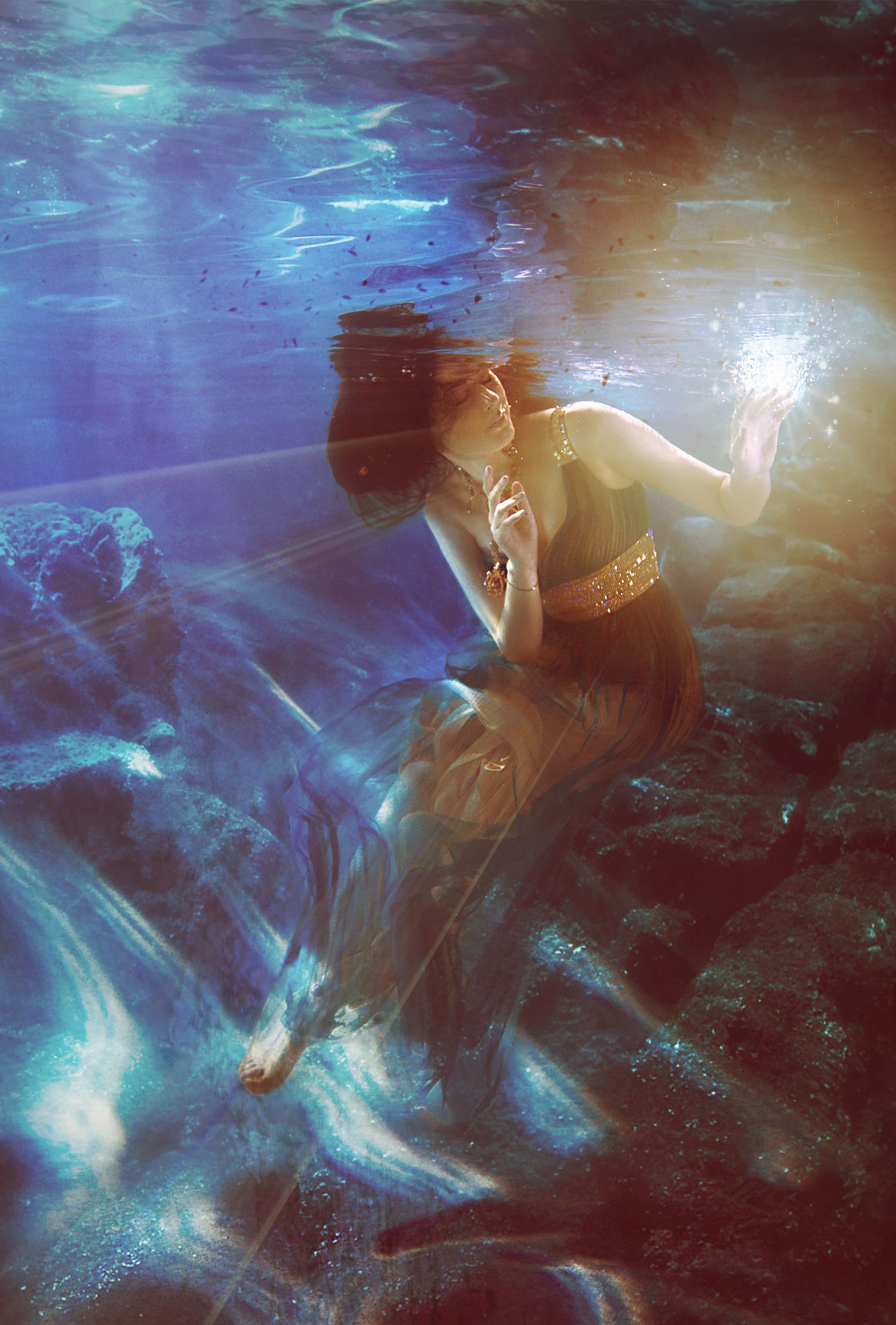
Each issue will invite you to explore your creative practice in whichever way works for you. Experience each issue at your own pace. Take what resonates with you and put the rest aside for another time.
Grab a cup of something lovely and dive in.
MONTHLY THEME
Water’s Invitation
As we stand at the ocean’s edge, what do we see? An expansiveness, a vast open sea, mysterious depths, pounding waves, gentle ripples, sparkles of light, sapphire, teal, turquoise. While these may be what we immediately perceive with our eyes, the Water element is more interested in coaxing out what we feel. You see, the Water element is about our emotions. It’s about what lies beneath the surface. And so, when we work with it, we must open ourselves to exploring the watery depths of our hearts, our minds and our subconscious. From these places, much of our art arises. For what is art without emotion? The Artist is constantly in flow with this ephemeral flow of feeling. When we feel blocked, it is usually due to repressed emotion caused by fear, frustration, doubt or worse, apathy. So let us learn more from the wisdom of Water….
“When the well’s dry, we know the worth of water.”
– Benjamin Franklin
4 Creative Lessons from the Water Element – Flowing with Life
1. LET YOURSELF HEAL
Water is the ultimate healer because it is the essence of your innermost world. If you allow it, water can soothe, cleanse and wash away old thought patterns, negative attachments, harmful self-talk and painful memories. Like the ocean lapping at your feet or the warm embrace of a hot bath, water can melt away our rigidity and push us towards self-compassion. As you continue to explore your creative path, don’t resist difficult emotions but rather witness them with compassion and allow your inherent watery nature (your body is about 60% water after all) to wash away what is no longer serving you. Better yet, take those emotions and make some Art about them. This process of retrieving energy from the depths and then putting it on paper is incredibly healing, as you may well know!
“Water is the reason of our birth; it is the healer, the destroyer and the final consumer.”
– Neeraj Singhvi
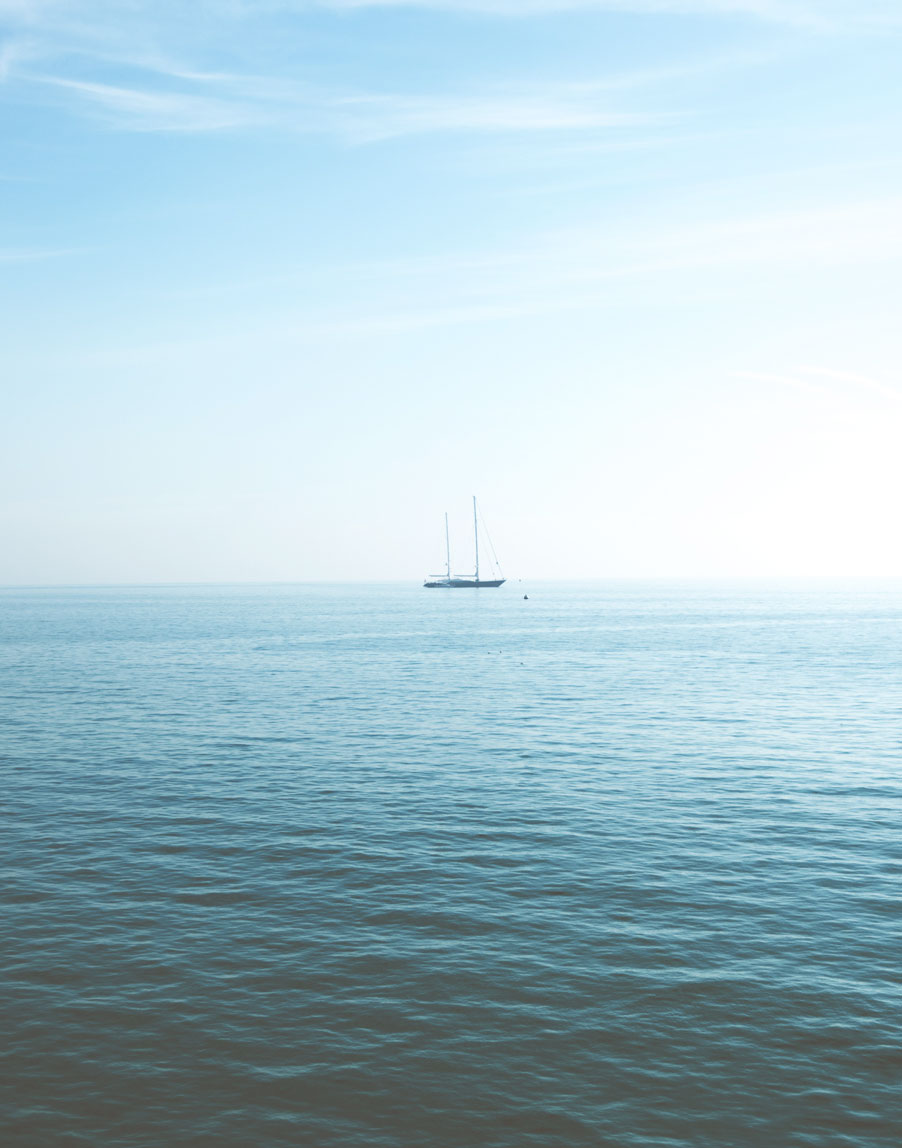
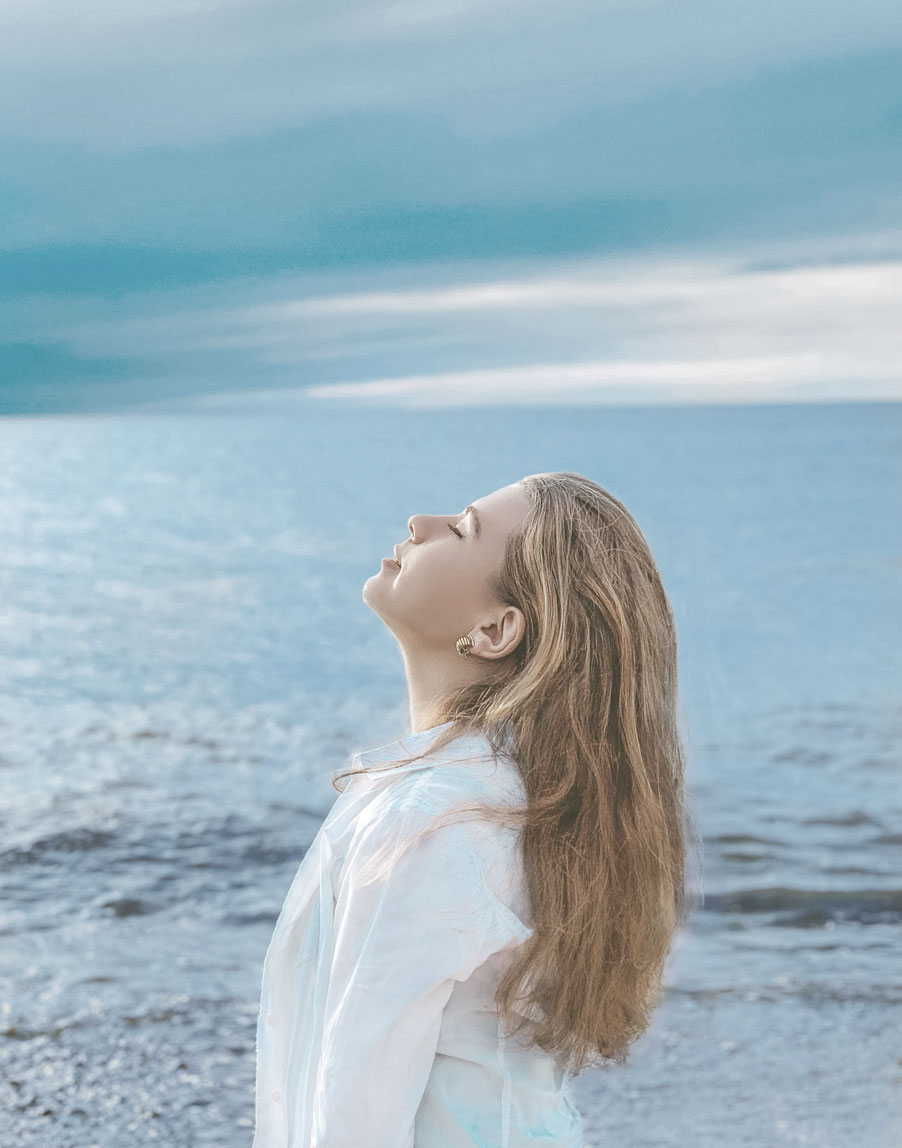
2. GO DEEP
Water isn’t interested in staying on the surface. It doesn’t want you to pretend or posture. It invites you to dive into yourself. Explore. Go into the underwater world of your soul and discover the treasure therein. Face the shadowy forms and the rip currents. Swim against the tide. Allow yourself to be drawn down, down into the truest parts of yourself and revel in the luminous beauty found there. This is what Water encourages us to do. What’s beautiful is that Art wants the same from us. So don’t hold onto the edge, don’t stay in the shallows. Dive deep.
3. ALLOW YOURSELF TO BE HELD
There is nothing more blissful than floating on your back in a soothing body of water, gazing up at the sky and feeling yourself buoyant. Held by the life giving energy of water. On your creative path, allow yourself this same luxury, know that you are held by the energy of the Universe. That you are supported, uplifted and nurtured by the Divine. Know that it is your right to create and that the Universe wants nothing more than to support your creations. Water is where all life began, and it is the same within you. All your ideas, dreams and creative energy springs from your soul. Like a never ending bubble of water that pushes up through the layers to bring life and sustenance. Let Water suspend you inbetween worlds and quench your thirst for all that your creativity can offer you.
4. CONNECT TO YOUR INTUITION
Did you know that our second Chakra – The Sacral Chakra (lower abdomen or womb area) is connected to the Water Element. Why? Well it is where we often feel our emotions first. You know the saying – “Listen to your gut!” Yah…that one. Yes, this part of our body is most connected to our emotions and our intuition. Water is the element of Intuition. It is subtle yet powerful, mysterious and never wrong. It is the part of ourselves that just seems to have a knowing beyond what the physical mind can understand and as Artists it is incredibly vital to our work. To strengthen your intuition I recommend paying more attention to the feelings you experience in your body, to document your dreams, to meditate, use Oracle or Tarot cards, journal, practice gentle movement like Yoga or Tai Chi and of course I encourage you to sketch or paint intuitively without a plan! Also, SLOW DOWN! We often miss signals from our Intuition because we are simply moving too fast. Take a deep breath, put your hand on your Sacral Chakra and gently inquire – “How do I feel right now?” There is great wisdom in communing with this watery aspect of self.
Water's Invitation
join us in the
Studioworks
creative academy
Did you know your Studioworks membership unlocks full access to over 150+ CREATIVE CLASSES? No more waitlists or wishing you could join a class.
In addition, you will receive a monthly issue of the STUDIOWORKS JOURNAL. Here you’ll find articles, creative prompts, curated resources, downloadable artistic affirmations, sketchbook explorations, a full-length art lesson AND MORE!
First month free – cancel anytime!
I love this poem by Danna Faulds, it speaks to our ability to let go, to surrender and allow life to flow, like water. To allow your hurt and pain to wash out to the ever forgiving sea.
Allow
There is no controlling life.
Try corralling a lightning bolt,
containing a tornado.
Dam a stream and it will create a new
channel.
Resist, and the tide
will sweep you off your feet.
Allow, and grace will carry
you to higher ground.
The only safety lies in letting it all in –
the wild and the weak; fear,
fantasies, failures and success.
When loss rips off the doors of
the heart, or sadness veils your
vision with despair, practice
becomes simply bearing the truth.
In the choice to let go of your
known way of being, the whole
world is revealed to your new eyes.
-Danna Faulds
This poem is from Danna’s book, Going In and In…
Allow
CREATIVE INTUITION
with Elizabeth Cooper
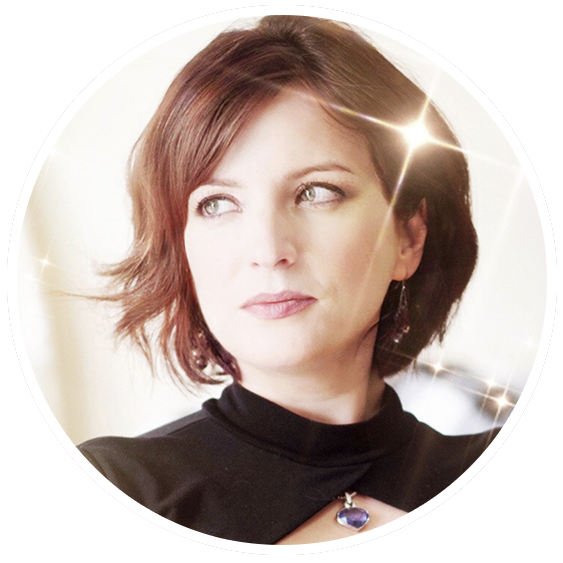
I’m excited to announce that my dear friend and fellow artist will be a regular contributor to the Studioworks Journal! She is my go-to when learning more about my intuition and integrating it into my creative practice. This month she’s going to guide us through the Water suit of the Tarot – The Cups. Enjoy as she reveals the symbols, stories and significance of this powerful suit.
The Water Element in Tarot: An Artist’s Guide
Move over, reason and logic.
Primal emotion and intuition need to take centre stage in your spiritual art practice.
Over the past two months, we’ve looked at the elements of earth and air through the lens of tarot. We’ve explored the suit of pentacles as well as the suit of swords, and we’ve learned how to tap into fresh ideas and abundant prosperity as we create our art.
In the third installment of this ongoing series, we’re going to take an in-depth look at the element of water and its connection to the suit of cups in tarot.
Like all other elements, water, too, contains plenty of paradoxes. It can be passive and placid or raging and forceful. It’s receptive yet responsive, fluid but single-minded. By nature, it will follow the route of least resistance, but it can also carve out its own path where one didn’t previously exist.
Water will change its course at the slightest disturbance, keenly aware of how the outer world challenges it to shift and adapt at the most minute provocation. It will mix and dissolve, rearrange and part, shape and transform in response to external influences.
Water is a life-giver: without it, no life would exist on planet Earth. Our bodies are composed primarily of water; it is what we are.
And yet, water can be a life-taker as well, as anyone holding her breath under the surface of a pool instantly understands. An overabundance of any element isn’t ideal, no matter how helpful its qualities may be.
The Water in Tarot
In tarot, the suit of cups is symbolic of the principles associated with the element of water: feelings, emotions, intuition, healing, cleansing, spirituality, serenity, and your relationships and connections to others.
Cups deal with the emotional level of your conscious being and often indicate a need to react from your heart space rather than your mind. They can also reflect your habitual, ingrained, spontaneous reactions to situations — the responses you have when you don’t filter your actions through your conscious mind but instead allow your feelings to lead you.
For artists, cups are often representational of creativity, fantasy and imagination. They allow you to tap into your romantic notions of love and harmony and express those elements through your art in a way that feels pure and authentic to you.
The negative side of the suit of cups isn’t what you’d expect. Although society loves to portray the cliche of the hysterical woman, it’s vital to understand that expressing emotions is not harmful or undesirable. Instead, what you should seek to avoid — especially as an artist — is detachment. A lack of passion, interest, and motivation often serves as a waving red flag, indicating an area desperately needing your attention.
water Elemental Correspondences
Suit: Cups (aka: chalices, bowls, hearts, vessels).
Court cards: Queens (aka: mothers, ladies, priestesses, matriarchs).
Major arcana: The Priestess, The Chariot, The Hanged Man, Death, The Moon
Astrological signs: Pisces, Cancer, Scorpio.
Attributes: Passive, feminine.
Direction: West
Season: Summer
Sense: Taste
Statement: “I feel…”
Colors: Blue, aqua, gold.
The Artist as a Water Elemental
The element of water has long been associated with the realm of emotion, the subconscious, and intuition. However, in recent human history, these qualities have been relegated to a subservient position. In Western society, logic and intellect are seen as superior to feelings and gut reactions. Our job, as artists, is to bring the element of water back into balance.
Whether you’re drawn to the image of gentle waves lapping at a sandy shore, or the destructive nature of a raging storm, it helps to recognize that you have those same qualities within you. Water is a feminine element that reflects the power present within all women.
Lao Tzu said it best: “Water is fluid, soft, and yielding. But water will wear away rock, which is rigid and cannot yield. As a rule, whatever is fluid, soft, and yielding will overcome whatever is rigid and hard. This is another paradox: what is soft is strong.”
For your artist self, the element of water represents your imagination, your ability to envision the pieces you want to bring to life, and the impact you want to make in the world. Water is closely connected to your empathic nature, your ability to dream and visualize (whether asleep or awake), as well as to the strength of your gut feelings.
Knowing this, I’d like to invite you to go a little deeper into your elemental nature.
Imagine the many ways you, as an artist, embody the aspects of the element of water. Ask yourself questions such as:
- Do I feel things deeply and viscerally?
- Do my moods often influence my work?
- Am I able to sense other people’s feelings when I walk into a room?
- Do I consider myself intuitive?
- Do I feel comfortable expressing my emotions?
- Do I prefer to engage with art (whether mine or others’) on an emotional level?
If the answer to most of those questions is ‘yes,’ then I encourage you to lean into your watery nature.
Elizabeth Cooper is an artist, mentor, and creative magic maker. She teaches languishing creatives how to forge a powerful connection to their inner wisdom so they can identify, express, and share their sacred gifts with the entire world — and unselfconsciously around the dinner table. Learn more about her work at: www.flutterandsprout.com
“Love is the water of life, jump into this water.”
– Rumi
Water Artist PROMPT:
- Water often invokes images of sapphire seas, deep green lakes and turquoise reefs…can you create a beautiful page in your sketchbook or art journal where you swatch all these beautiful colors? Then note how these colors make your feel.
WORD OF THE MONTH
Flow
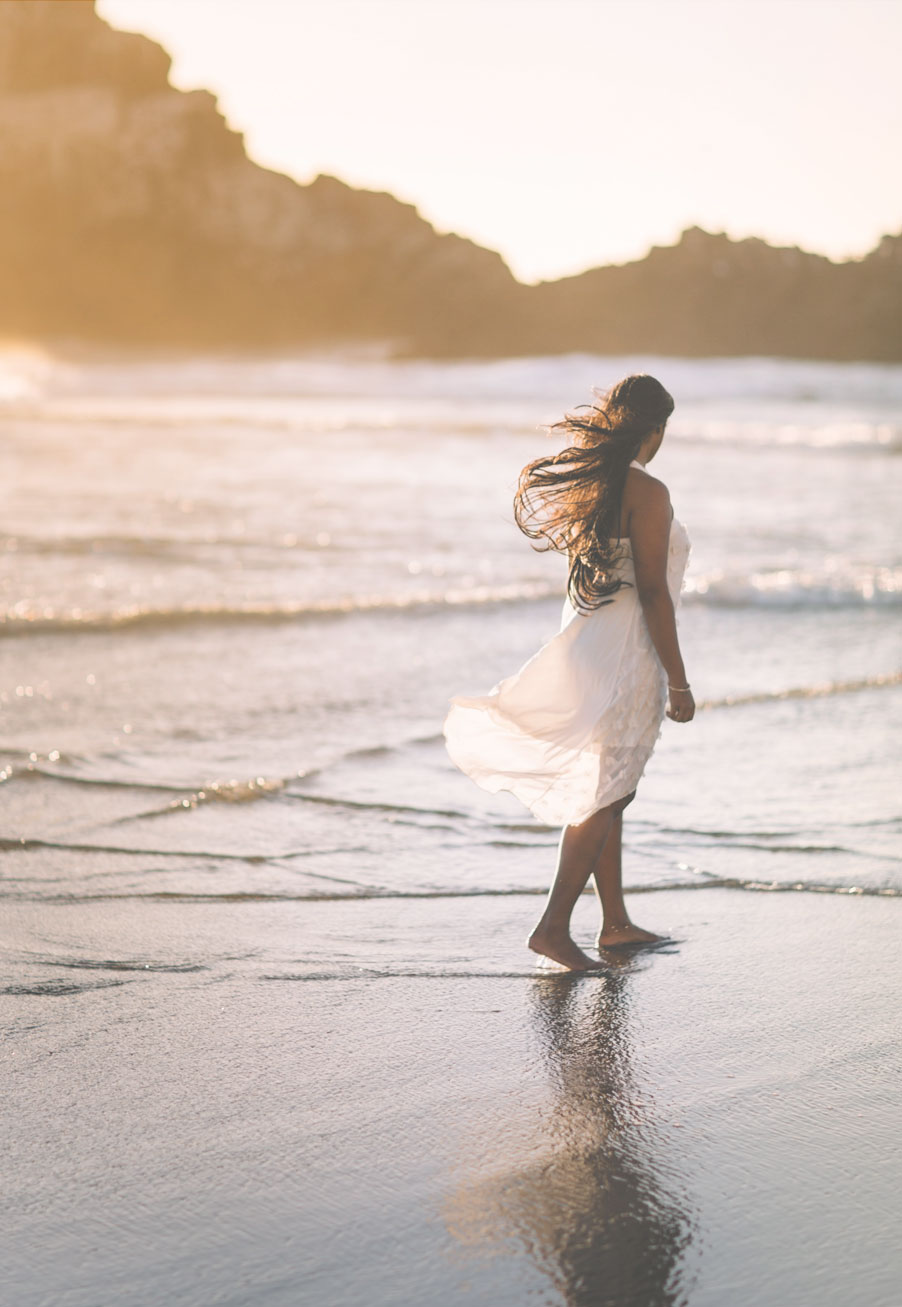
DEFINITION – Flow
As artists, we must learn to flow with our creative energy, with life itself. The water element can help assist us with this. There will always be ups and downs, interruptions, conflict, upheaval and change but through our creative practice we can learn to flow with life. To allow these unavoidable aspects of life to move through us with more ease. We must also respect the flow of our creative cycles. To accept with compassion that we will go through times of great creative output and then alternatively, have periods of a quiet dormancy. To trust that we will never completely lose our creativity but rather embrace that it is an integral part of us. One of the practical ways we can help balance our energy flow is with our bodies! Yes! Your body is your closest and most readily accessible body of water! Most recently, I have discovered Qi Gong which has greatly enhanced my ability to flow with life.
Check out this beautiful practice that focuses on the Water Element. It’s a quick video and a great one to calm and soothe our nervous system while cultivating our energy.
“A calm water is like a still soul.”
– Lailah Gifty Akita
Word of the Month - Flow
Writing Prompt & Card Spread
Connecting to the Water element
As we learned with Elizabeth Cooper, the Water element in Tarot relates to the Cups, which governs love, emotions, relationships and connections. So let’s do a card spread and or some journal writing to reflect and connect with this element.
(Remember if you don’t choose to use oracle or Tarot cards then use the questions as journal prompts to further support your connection with your creative self.)
Water invites us to explore our emotions and dive a little deeper into our subconscious. Water is healing and assists with cleansing and moving negative thoughts and energy out of the body and mind. So let’s connect with the Water element with these questions.
I’ve chosen 4 cards for this spread. Like the four oceans of our world.
1. What emotional blocks are keeping me from making more art?
2. What action can I take to help release these emotions?
3. Where in my life do these emotions come from?
4. What am I deeply seeking from my own creative expression?
Writing Prompt & Card Spread
join us in the
Studioworks
creative academy
Find creativity that fits your goals, mood and experience level anytime! With over 150 CREATIVE CLASSES, meditations, creative journals and more, you’re sure to find the right class at just the right moment.
Inside Studioworks, there’s an amazing creative community waiting to guide and support you along your creative journey!
First month free – cancel anytime!
Sunset Lake Meditation
WITH RACHEL HILLARY
This beautiful, soothing meditation connects us to the peaceful, healing energy of Water. This meditation also is aligned with our Sacral Chakra, which is a water element chakra. Our Sacral Chakra is the energy center of our creativity so this meditation is especially helpful for us Artists!
So get comfy and give yourself this nourishing and relaxing experience. I guarantee you will feel better after this moment of watery bliss.
Rachel will share a little about this experience –
This guided meditation and visualisation leads you to a beautiful lake at sunset. Here, we gently soften, release what may be holding us back, and relax into our creativity, our sensuality, our self love, and flow. This is a very feeling practice with energetic deep diving. Please note there is no ending bell or words in this practice, and there is 5 mins of music at the end, for you to simply flow.
xo,
Rachel
Sunset Lake Meditation
You can download more meditations and connect with Rachel here…
Monthly Affirmation
Water Magic
Crystals with Denise Stargazer
I’m so delighted to have my dear friend and fellow mystic, Denise Stargazer, share her extensive crystal wisdom with us this month! In addition to being an amazing artist, Denise is an initiated shamanic energy healer and clear channeled intuitive. She is filled with stories, experiences and lifetimes of helping others! So when I thought about asking someone about Water energy and crystals, she was my go to! So let’s learn a little more with Denise about a few of these beautiful stones…
Denise’s Favorite Water Crystals
Kambaba Jasper
Properties – Known for providing peace and tranquility, Kambaba Jasper is said to remove blockages in the heart and base chakras to dispel worry and negativity, and allow a clear path for clarity and serenity to flow.
Fluorite
Properties – Fluorite is a stone known for clarity and mental enhancement. Its ability to assist the clearing of negative energy and aiding in decision-making has made this a favorable stone to work with. This powerful crystal is known as an absorber of negative energy, specifically within one’s aura and mind. Fluorite will allow the mind to flow freely to balance thoughts and ideas.
Labradorite
Properties – A stone of transformation, Labradorite is a useful companion through change, imparting strength and perseverance. It balances and protects the aura, raises consciousness and grounds spiritual energies. Excellent for strengthening intuition – promoting psychic abilities. Powerful in revealing the truth behind illusions, Labradorite banishes fears and insecurities, and strengthens faith in the self and trust in the universe. It stimulates the imagination and calms an overactive mind, developing enthusiasm and new ideas.
Moonstone
Properties – A stone for “new beginnings”, Moonstone is a stone of inner growth and strength. It soothes emotional instability and stress, and stabilises the emotions, providing calmness. Moonstone enhances intuition, promotes inspiration, success and good fortune in love and business matters.
Denise Stargazer is one of our treasured teachers here in Studioworks and she has some wonderful class offerings if you are looking to expand your spiritual training and practice. GO CHECK IT OUT HERE!
Learn more about Denise by visiting her website and follow her on social media…
“No one can see their reflection in running water. It is only in still water that we can see.”
– Taoist proverb
ELEMENTAL MYTHOLOGY
I don’t know about you but mythology has always been an inspiration to my work, so as we move through the Elements I thought it would be fun to explore a few of the associated Elemental Goddesses across cultures. Water, as you can imagine, has MANY deities but I am especially drawn to Amphitrite – the Greek Ocean Goddess.
Amphitrite the Water Nymph
Amphitrite did not begin her story as one of the most important goddesses in mythology. Instead, she was just one of fifty sisters – The Nereids. These were the daughters of Nereus, often called the Old Man of the Sea. Their father was the eldest son of Gaia and her own son Pontus, a primordial god of the sea. Their mother Doris was the daughter of the Titans – Oceanus and Tethys.
The Mother of Sea Life
Amphitrite was the mother of all life in the sea. Fish and shellfish were her children, as were seals. Even dolphins, which took the form of the god who had found her in hiding, were her children.
As the mother of all life in the sea, Amphitrite was one of the most prolific maternal goddesses in the Greek pantheon. While her divine children had little power or influence, the many sea creatures she gave life to made her a figure of fertility and maternal care.
Symbols: the dolphin, the trident, the sea, shells, fish
Colors: Blue, green, turquoise, gold, white, silver
Crystals & Gems: fluorite, ocean jasper, aquamarine, larimar, aqua aura quartz, lapis lazuli, labradorite, coral agate, mother of pearl
Plants: Seaweed, lotus, kelp, eucalyptus, chamomile
See beautiful artwork dedicated to Arianrhod here…
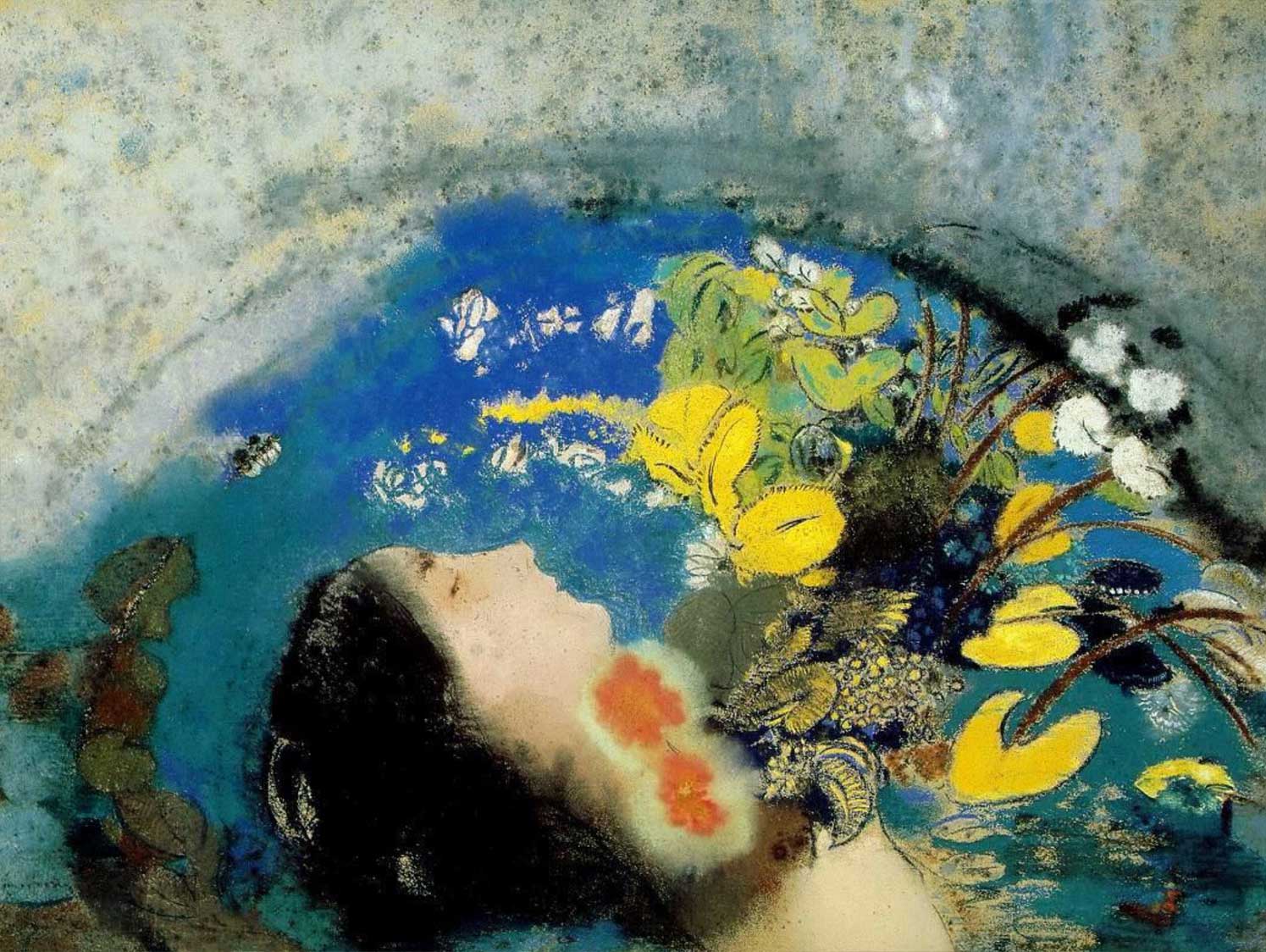
Color Palette of the Month
This month, I couldn’t help but be inspired by our Master Artist – Odilon Redon. Now, selecting this artist wasn’t my first thought…my first thought was – ok – Water Element, we need a watercolor artist or someone who did a lot of seascapes…right? But then, as always, my whispering muse stepped in and slipped an image of Odilon Redon’s into my Pinterest feed. I was struck by the image because it was so dreamlike. This made me stop in my tracks and remember that the Water Element is more about emotion, feelings, dreams and connection than it is about literal water! So I changed course and honed in on Redon’s magical work. So our inspirational color palette stems from one of my favorite pieces of his – “Ophelia”. The watery blues paired with the yellows, soft gray greens really stir my heart. However, Odilon Redon was a master colorist as you will see with his work so I really encourage you to really feel into color this month. Use it with abandon and expression. Examine your relationship to color and emotion.

“True art lies in a reality that is felt.”
– Odilon Redon
Color Palette
Water Artist PROMPT:
- The sea has always been an inspiration to artists, so go to the seaside if you can or pull images of the ocean you love and create some small seascapes with materials you love.
Master Artist Guide
Odilon Redon
This month I’m so very excited to bring you the work and story of Odilon Redon. I have never formally studied him so I’m delighted to do this with you this month. His work struck such a deep chord with me when I first saw one of his works in Paris. His work falls into two main periods, the first being predominantly done in black and white and explores surrealist, symbolic and strange imagery. The second is an explosion of color and spirituality. In particular, the strange beauty of his oil and pastel work draws us into his dream world filled with color and light and magic. His pieces truly invite us to explore our own watery subconscious realm.
So let’s learn more about him together…
“Like music my drawings transport us to the ambiguous world of the indeterminate.”
– Odilon Redon
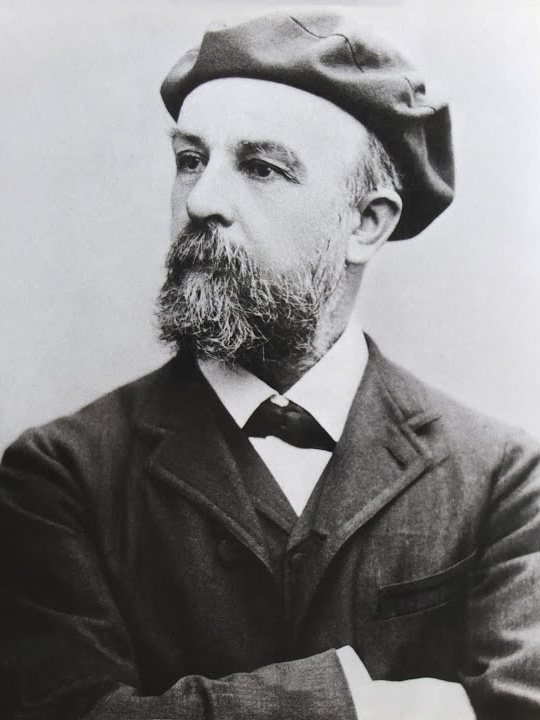
CHILDHOOD
Odilon Redon was born Bertrand Jean Redon to a prosperous family in Bordeaux. His nickname was a derivation of his mother’s first name, Odile, who was a French Creole woman from Louisiana. Because of his ill health, perhaps due to epilepsy, Redon was entrusted to his uncle’s care and grew up in the Medoc region of France on the family’s winemaking estate. His childhood was solitary, and he described days spent “watching the clouds pass, following with infinite pleasure the magical brightness of their fleeting variations.” However, Redon also characterized himself as a “sad and weak child,” who “sought out the shadows.” He recalled, “I remember taking a deep and unusual joy in hiding under the big curtains and in the dark corners of the house.” This note of melancholy and pessimism would find its expression in his mature art, particularly in his noirs and mysterious Symbolist works.
Eventually, Redon returned to his family in Bordeaux, where he attended school for the first time at the age of 11. After he won a prize for drawing, his parents arranged for him to study with Stanislas Gorin in 1855. Gorin had a profound influence on the budding artist, as Redon recalled, “His first words…were to advise me that I was myself, and that I should never make a single mark with a pencil unless my feeling and my reason were in it.” An expert watercolorist, Gorin introduced Redon to such Romantic artists as Eugène Delacroix and Francisco Goya, whose works Redon was encouraged to copy. He also introduced the young artist to art by their contemporaries, including Jean-Baptiste-Camille Corot and Gustave Moreau.
Early Training and Work
Redon’s father pressured him to study architecture instead of art, but in 1857 Redon failed the entrance exams for architectural studies at the École des Beaux-Arts. In Paris Redon met and began a lifelong and highly influential friendship with the botanist Armand Clavaud who introduced him to the scientific theories of Charles Darwin, the literary works of Charles Baudelaire, Gustave Flaubert, and Edgar Allan Poe, and the sacred texts of Hinduism and Buddhism. Redon continued painting watercolors in the style of Gorin, and in 1862 created his first major work, Roland à Roncevaux, which portrayed the Romantic hero of the Crusades in a style reminiscent of Delacroix. In 1864 Redon entered the atelier of the famous academic painter, Jean-Leon Gerome, an educational experience that Redon described as “tortured,” due to Gerome’s overbearing emphasis on technical representation.
In 1865, seeking a more supportive environment, Redon returned happily to his family home in Bordeaux and took up sculpture. It was at this time that Redon made the acquaintance of Rodolphe Bresdin, an impoverished but thoroughly original and eccentric artist, whose combination of highly detailed depictions of the natural world and visionary subjects would have a profound influence on the young artist. Indeed, Bresdin became a mentor to Redon, teaching him how to make etchings and engravings, and encouraging him to tap into the world of spirit and mystery to which Redon was already drawn.
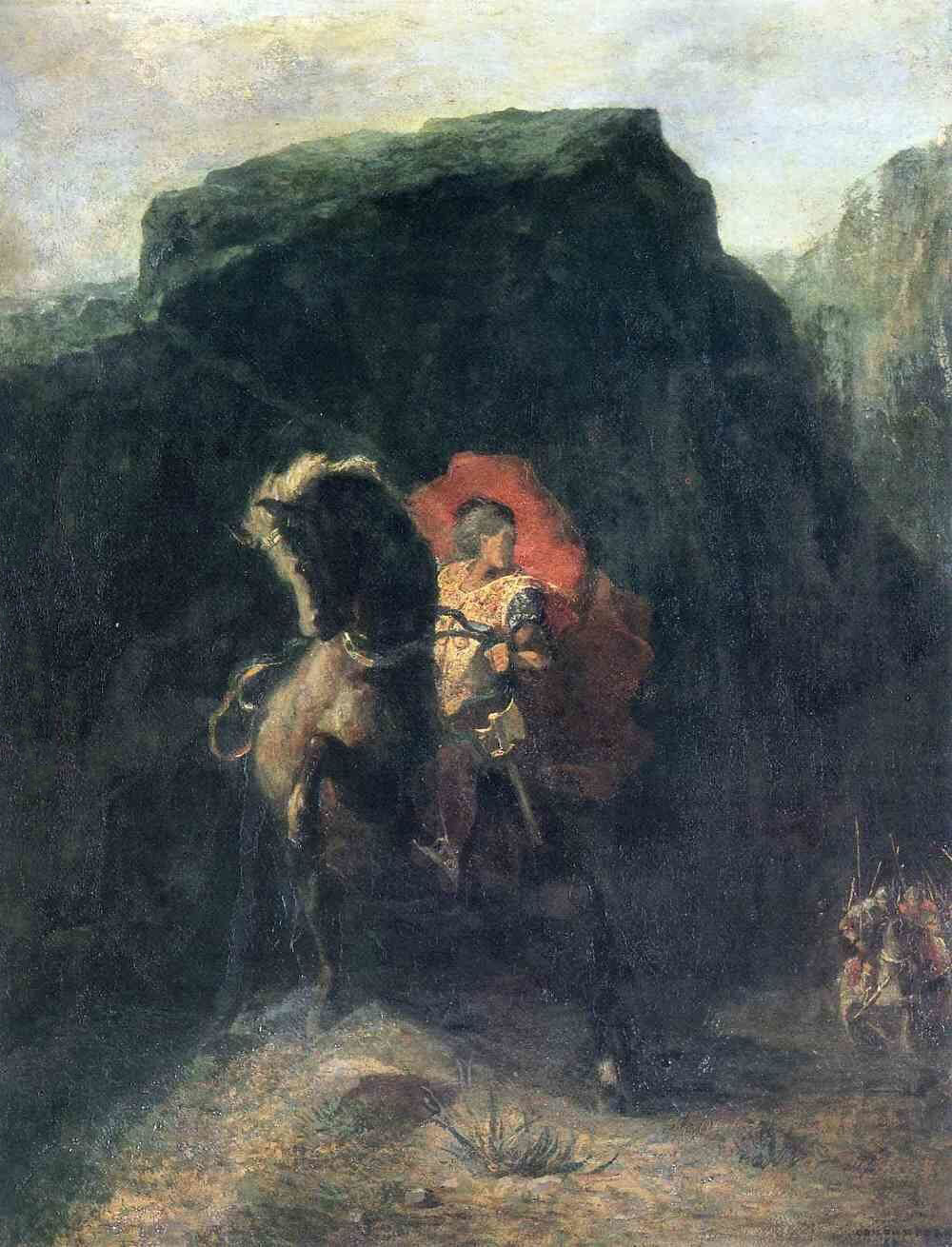
Roland à Roncevaux. – 1862
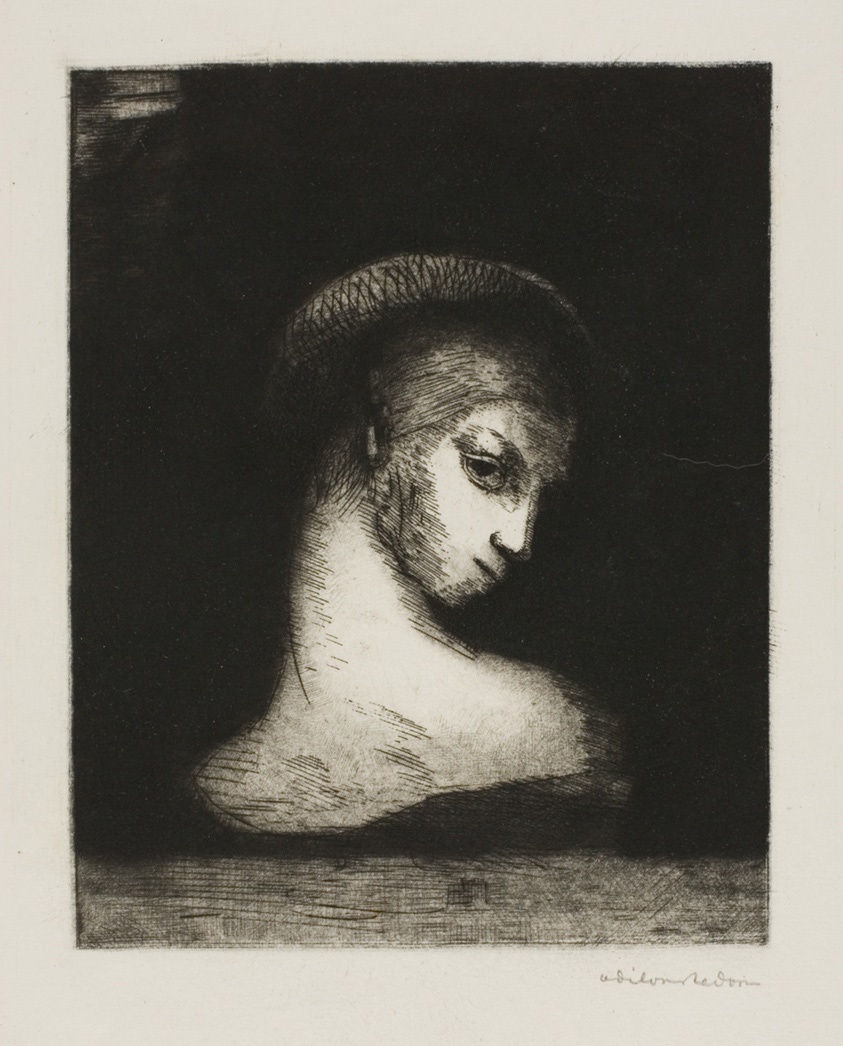
Peversity – 1891
MATURE PERIOD
The 1870s were a decade of profound change in Redon’s life and artistic practice. In 1870 he was drafted into the Franco-Prussian War, which ended with France’s humiliating defeat and the Commune one year later. The experience interrupted his life and work as an artist, compounding his natural tendencies toward melancholy. Yet at the same time, the tumultuous events of 1870-71 led to an artistic breakthrough. Back in Paris, he began working on what he called his noirs: monochromatic charcoal drawings that exploit the medium’s inherently rich blackness. The extraordinary range of tone, texture, and shading that Redon achieved in these works is remarkable, rivaled only by Georges Seurat’s Conte crayon drawings of the same period. Black became the ideal medium for Redon to express his imagination. As Redon said, “Black should be respected. Nothing prostitutes it. It does not please the eye and does not awaken sensuality. It is the agent of the spirit much more than the splendid color of the palette or the prism.”
In 1872 Redon met Henri Fantin-Latour from whom he learned the transfer method of lithography. When Redon’s father died penniless in 1874, Redon turned to lithography as a way to make a living, as these prints could be produced and sold in relatively large quantities, thereby allowing him to market his works to a broader public. As he described, “I had earlier tried, in vain, to show in the official Salons with the numerous drawings I had already completed…I therefore made my first lithographs (in 1878) to multiply my drawings.”
“I have a feeling only for shadows”
– Odilon Redon
In 1876 he met the poet and art critic, Stéphane Mallarmé, and participated in regular gatherings at Mallarmé’s home, where he met many writers and artists in his Symbolist circle. Redon began to receive critical attention in the late 1870s, with the appearance of his Guardian Spirit of the Waters (1878). In 1879 he produced his first lithographic series, In the Dream.
In 1880 he married Camille Falte, a Creole woman like his mother, and said that “I believe the yes that I uttered on the day of our union was the expression of the most complete and unadulterated certainty I ever experienced. A certainty more complete even than my vocation.” However, the happiness of his marriage was overshadowed by the loss of the couple’s firstborn child, a son, who died at six months old. This tragedy plunged Redon into a profound depression that he poetically described as a “melancholy faintness.”
“Nothing in Art is achieved by will alone. It is achieved by submitting to the subconscious.”
– Odilon Redon
During this period, Redon worked primarily on lithographs, creating several portfolios conceived as accompaniments to literary works. For instance, To Edgar Poe appeared in 1882 (Poe’s poems had been translated into French a decade earlier by Mallarmé), and The Temptation of Saint Anthony, inspired by Flaubert’s novel, in 1896. At Mallarmé’s Salons, Redon met the critic and novelist, Joris-Karl Huysmans, who became a great admirer of the artist’s. Huysmans’s Decadent novel, Against Nature (1884) tells the story of Des Esseintes, who hides away from society in his mansion on the outskirts of Paris. Among his art collection are a number of works by Redon, including charcoal drawings. The novel helped make Redon famous. Around the same time, Redon befriended Paul Gauguin, who clearly understood his friend’s visionary art: “I do not see why it is said that Odilon Redon paints monsters. They are imaginary beings. He is a dreamer, an imaginative spirit.”
Redon exhibited with the Impressionists in their last group exhibition in 1886. His works signaled the shifting tides of modern art, from Impressionism to Symbolism, and from a focus on observing the fleeting effects of nature toward a concern for an emphasis on subjectivity and inner vision.
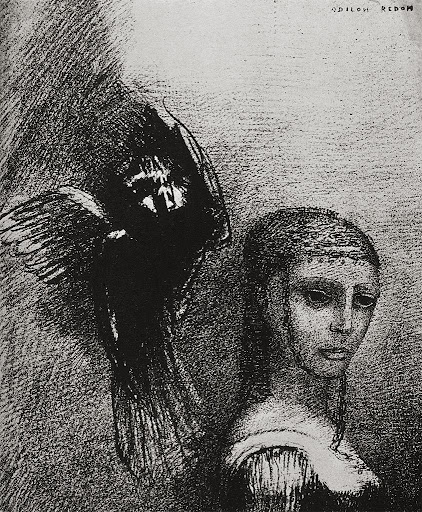
The Temptation of Saint Anthony – 1896
“Artists who approach perfection do not have many ideas.”
– Odilon Redon
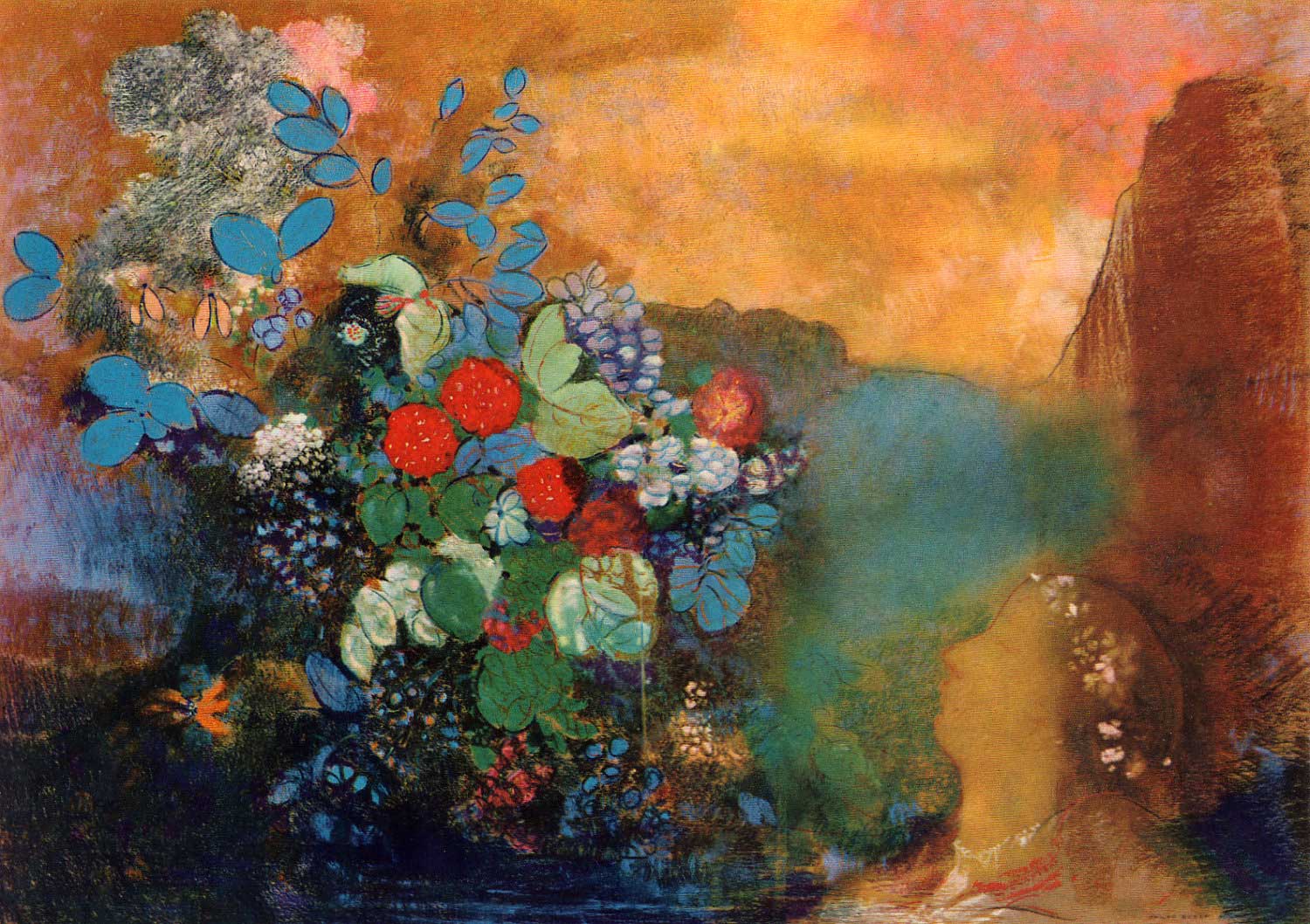
Ophelia surrounded by flowers – 1900-1905
LATER PERIOD
In the 1890s Redon’s work underwent a radical change, as he began working predominantly in pastels, at last employing color after years of only black. Some scholars have attributed the change to a religious awakening, as evidenced by the artist’s growing interest in subjects taken from Buddhism or Christianity, but many of his black-and-white lithographs were also devoted to religious subject matter. No matter the medium, Redon’s primary concern was with the subjective experience of spirituality, rather than illustrating liturgical texts. Color simply became another means by which he could explore realms beyond the visible, using it for expressive rather than mimetic purposes. Other scholars have attributed Redon’s embrace of color to his personal happiness, as his second son, Ari, was born in 1889. Writing in 1913, the artist reflected upon his transition to color, saying, “If the art of an artist is the song of his life, a solemn or sad melody, I must have sounded the key-note of gaiety in color.”
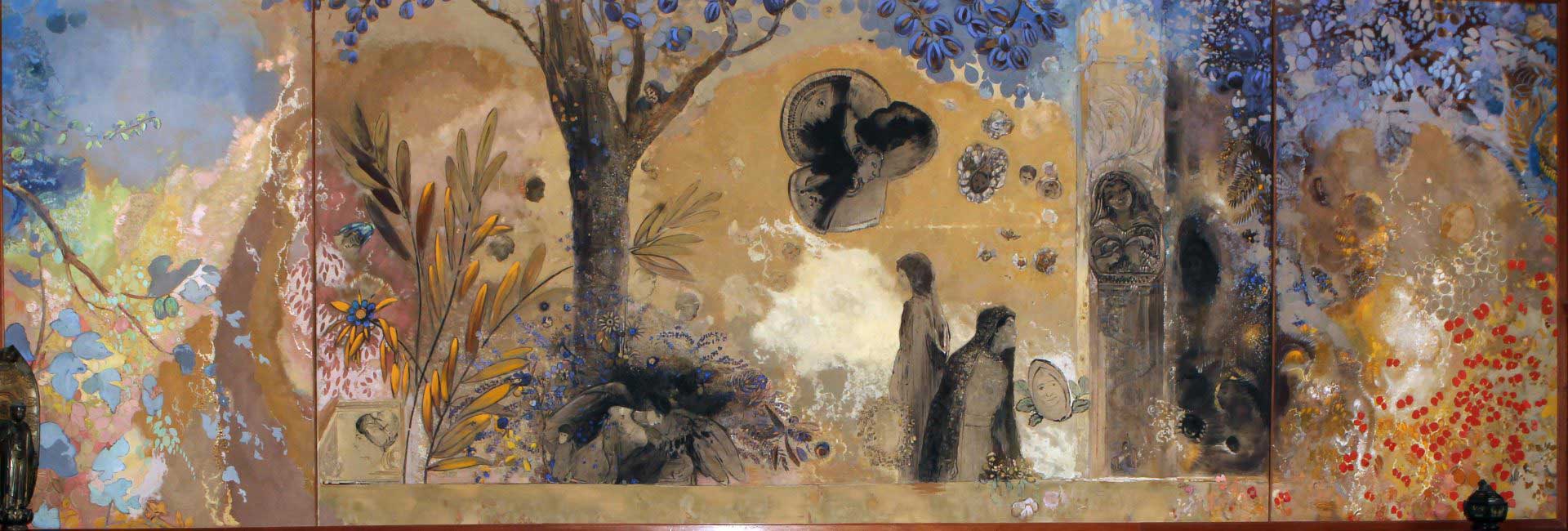
Caption Night – 1910-11
(large scale decorative wall painting)
In the 1890s Redon’s continuing friendship with Gauguin led to his encounter with the young artists of the Nabis. Maurice Denis saw in Redon an example of an established artist who likewise used the formal tools of his art to express personal feeling, or what he called “the state of the artist’s soul.” Redon also learned from the younger painters, and began to adopt their Japonisme, expressive use of color, and emphasis on decoration. Many of the Nabis, including Édouard Vuillard and Pierre Bonnard, created large-scale decorative projects such as folding screens and murals, and Redon would do so as well toward the end of his career, most notably in his wall paintings for the chateau of Baron Robert de Domecy and Fontfroide Abbey.
After 1900, Redon began to focus on portraits, many of them done on commission, as well as mythological and literary subjects, floral still lifes, and the aforementioned decorative work. Everything he made from here on was utterly awash with brilliant color which displayed what the twentieth century Surrealist artist, Andre Masson, was to call “lyrical chromatics.”
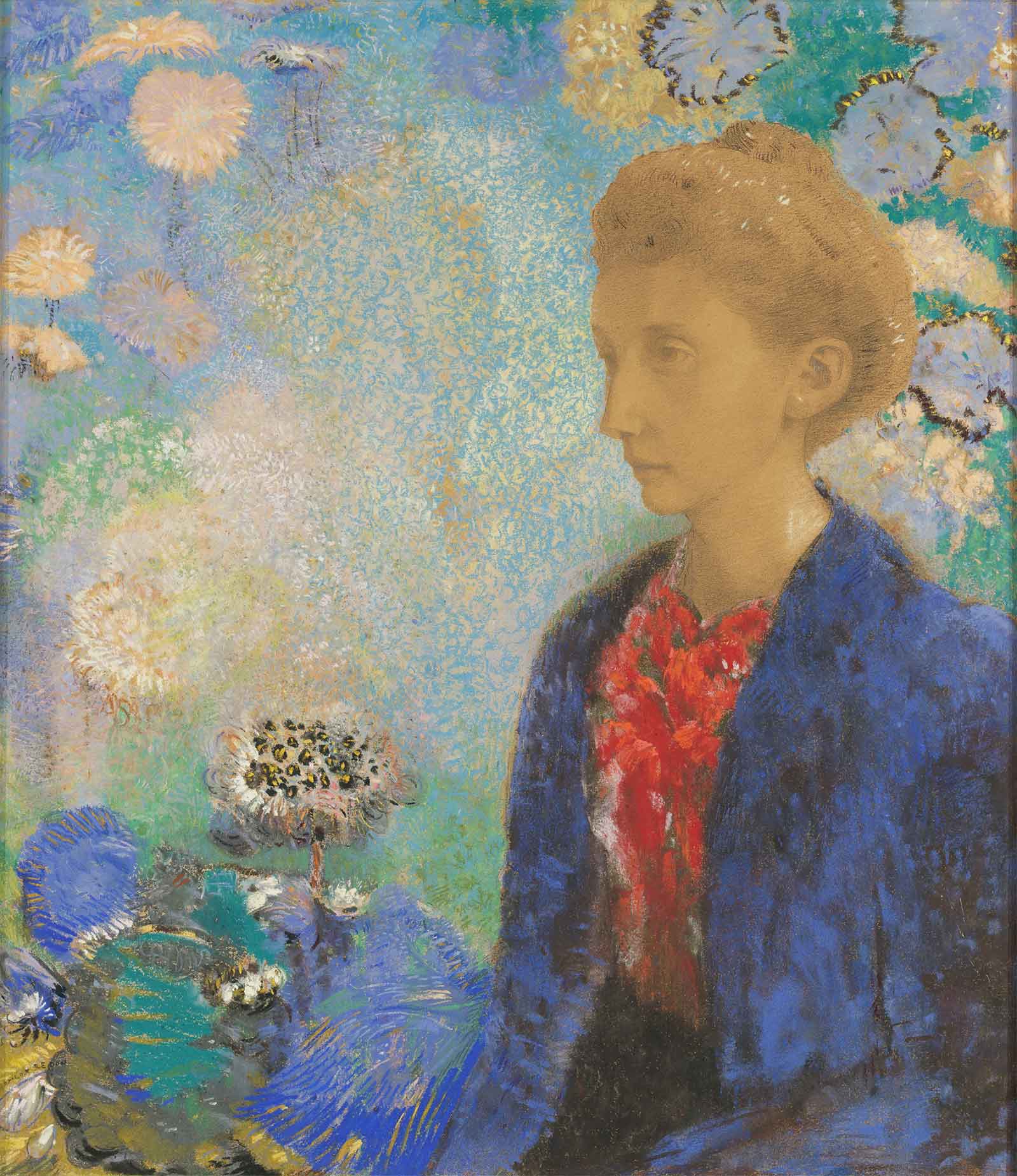
Baronne de Domecy – 1900
Redon’s fame grew toward the end of his life; in 1903 the French government bestowed upon him the Legion of Honor. In 1913, the publisher Andre Mellerio issued a catalogue raisonne of his prints; that same year he was included in the famous Armory Show in New York, exhibiting more works than any other artist in the exhibition. Redon died in 1916, his death perhaps hastened by his anxiety and dread over his son, who was serving as a soldier on the front lines in World War I.
“I await joyous surprises while working, an awakening of the materials that I work with and that my spirit develops.”
– Odilon Redon
The Legacy of Odilon Redon
Redon’s far-reaching influence falls into two categories corresponding to the two main threads in his oeuvre: his extraordinarily vivid and colorful late paintings and pastels, and his earlier noirs. For the Nabis, it was Redon’s free and expressive use of color that would have the most impact. Maurice Denis credited Redon with advancing the spiritual evolution of his own art, while Pierre Bonnard said of Redon, “All of our generation fell under his charm and received his advice.” Later, Henri Matisse acknowledged the influence of Redon’s pastels on his own colorful Fauvist palette.
But the impact of Redon’s noirs on modern art was perhaps even more profound, for in them we find his greatest originality and inventiveness. The Surrealists were particularly taken with the dreamlike quality of those charcoals and lithographs, and André Breton, their de-facto leader, was a particularly great admirer. A key part of Redon’s influence was the suggestiveness of his art – rather than describing things for us, the viewer participates actively in interpreting the work. The inventor of the readymade, Marcel Duchamp, noted, “If I am to tell what my own departure has been, I should say that it was the art of Odilon Redon.”
“I have often, as an exercise and as a sustenance, painted before an object down to the smallest accidents of its visual appearance; but the day left me sad and with an unsatiated thirst. The next day I let the other source run, that of imagination, through the recollection of the forms and I was then reassured and appeased.”
– Odilon Redon
ENJOY THIS SLIDESHOW OF SOME OF HIS WORK…
To see an extensive collection of his work go here…
Here’s a Pinterest board full of his work to inspire you!
STUDIOWORKS HOMEWORK
I highly recommend you watch this short lecture about Odilon Redon and his collection of works.
Master Artist Guide
join us in the
Studioworks
creative academy
Did you know your Studioworks membership unlocks full access to over 150+ CREATIVE CLASSES? No more waitlists or wishing you could join a class.
In addition, you will receive a monthly issue of the STUDIOWORKS JOURNAL. Here you’ll find articles, creative prompts, curated resources, downloadable artistic affirmations, sketchbook explorations, a full-length art lesson AND MORE!
First month free – cancel anytime!
Sketchbook Explorations
EXPLORATION 1
Redon inspired
I particularly liked Redon’s pastel piece entitled “Beatrice” 1885. I just adore the dream-like quality of this work! So I created my own version of it! I used watercolor paper prepped with Golden Pastel Ground and then used Pan Pastels and pastel pencils. Go ahead and create your own Redon inspired work. Don’t feel limited by color of medium. Use the materials you love!
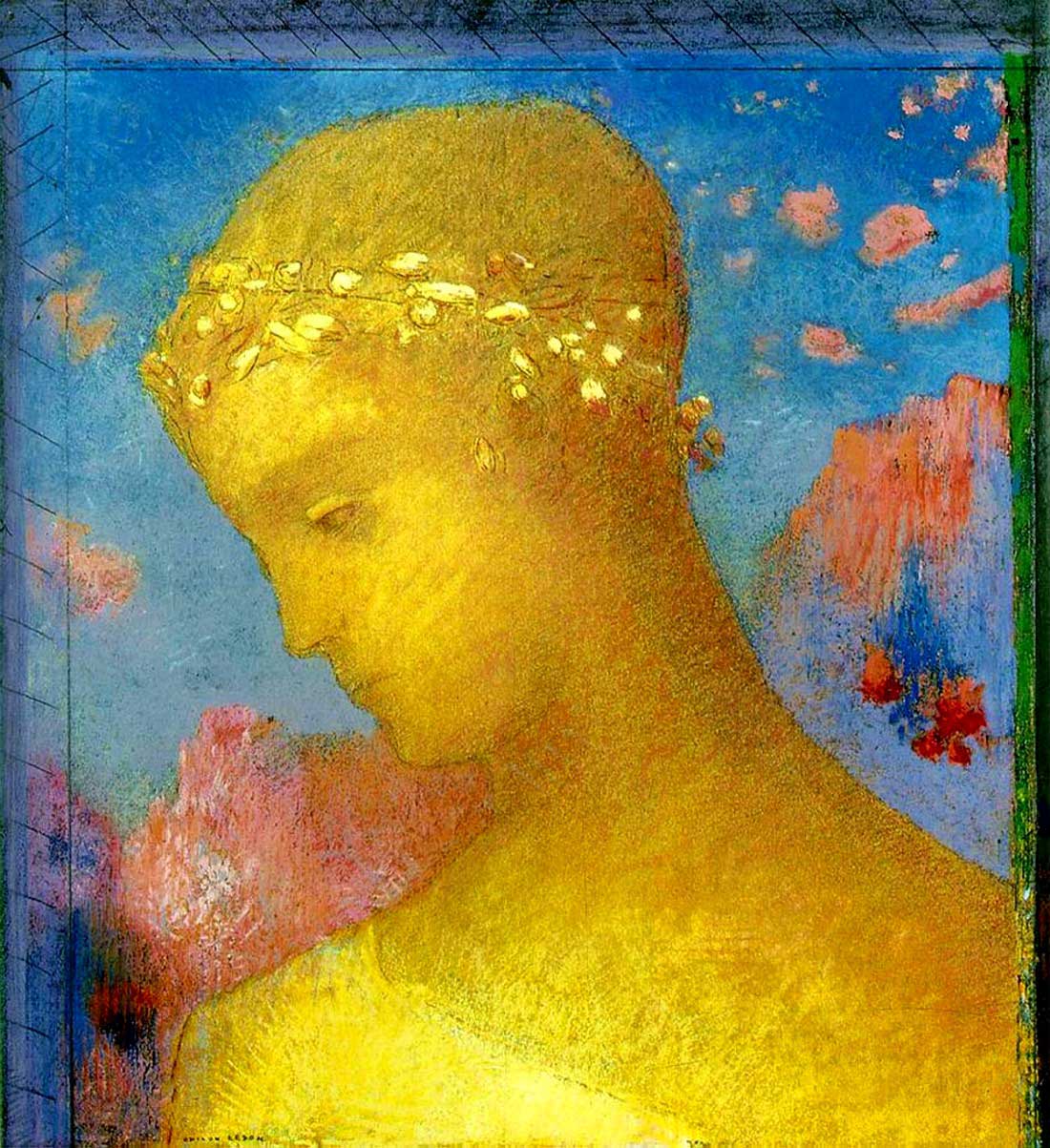
Baronne de Domecy – 1900
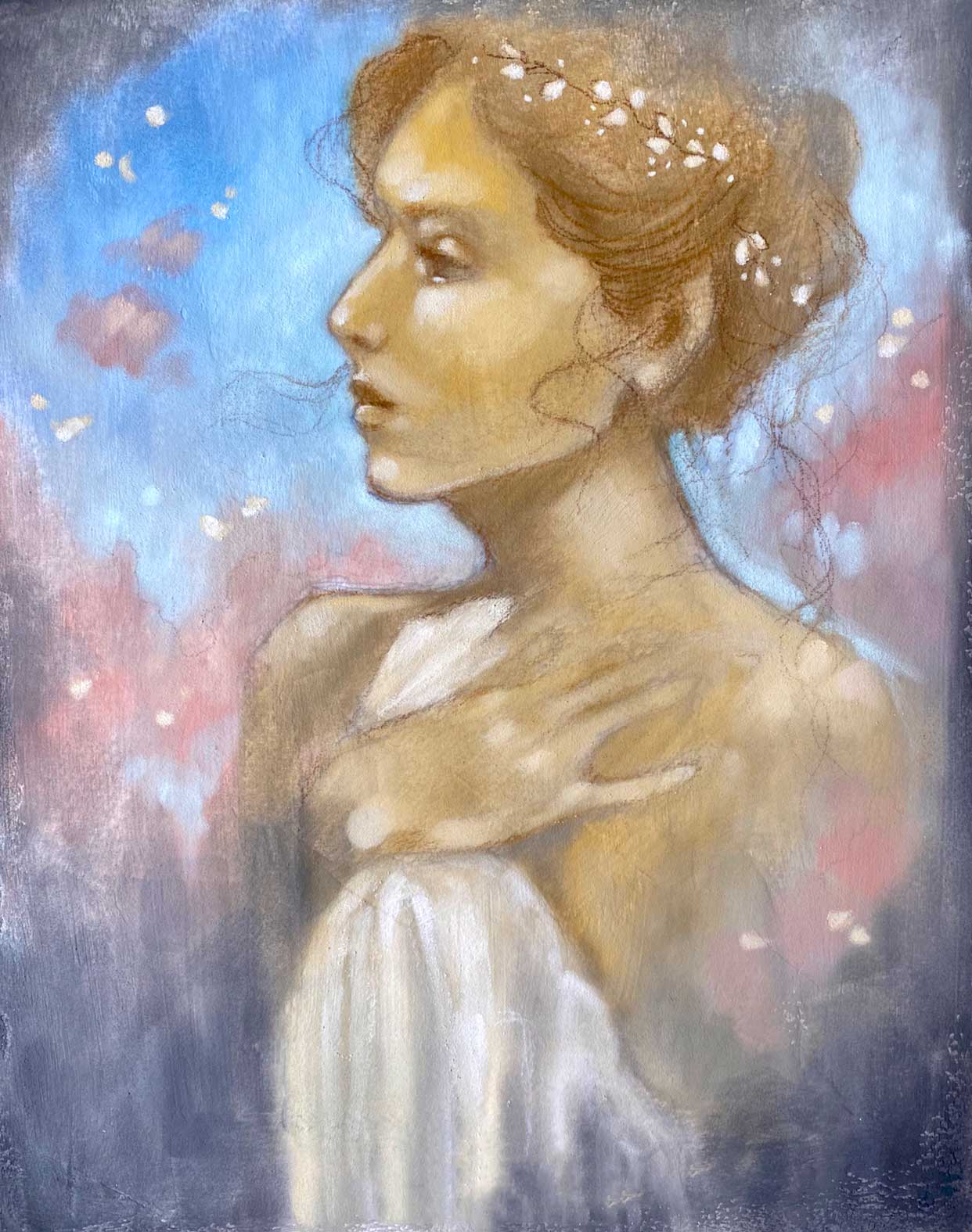
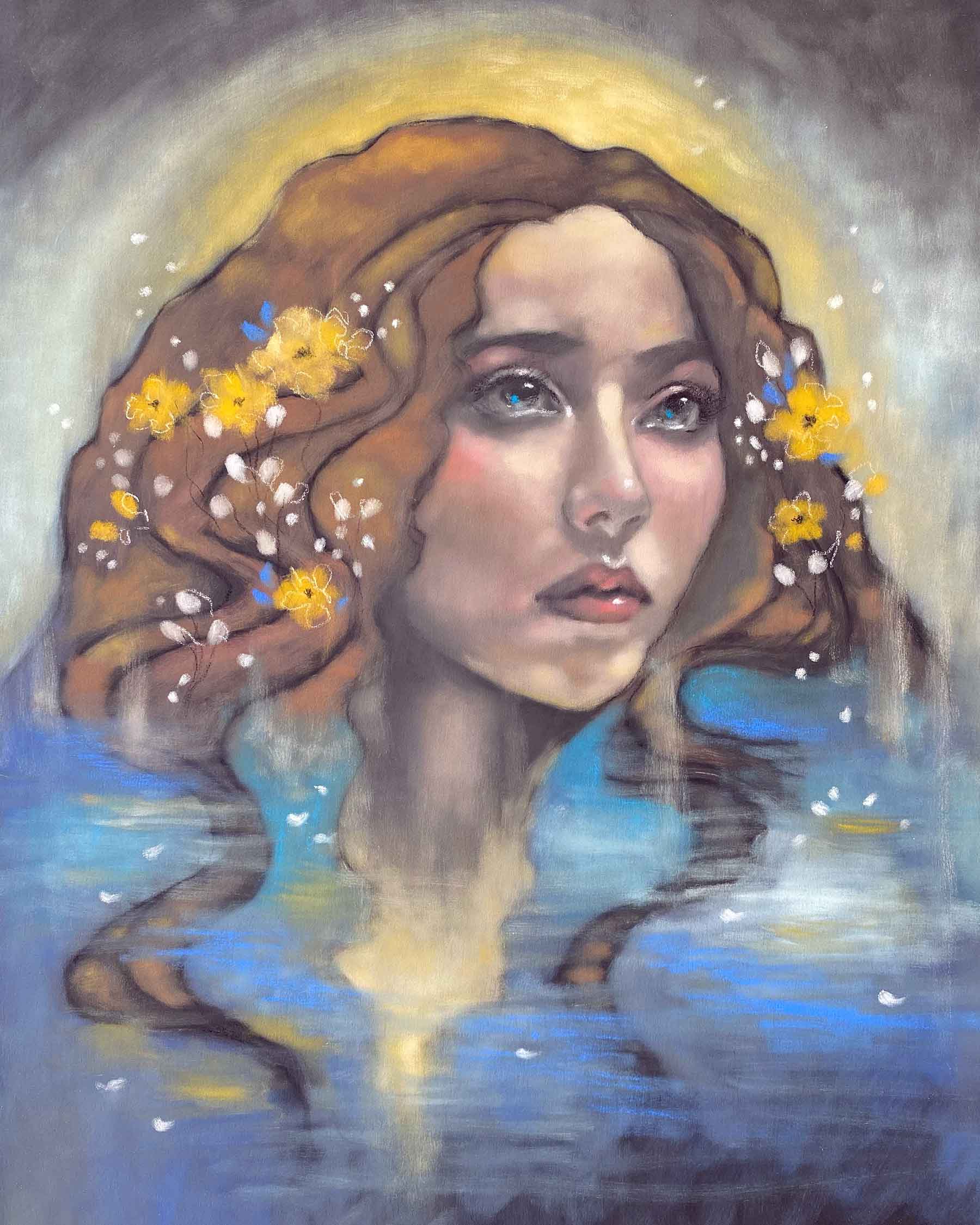
EXPLORATION 2
Water Goddess
Create a sketch, collage, journal page or painting dedicated to a Water Goddess of your choice. Let the symbols, colors and messages from this Goddess inspire you! I loved creating my Amphitrite. I created mine with my PanPastels and again I was inspired by Odilon Redon and our monthly color palette.
EXPLORATION 3
Water Collage
Create a collage in your sketchbook dedicated to the Element of Water. Use imagery from magazines or other sources and add in symbols, quotes or elements that help you connect deeper to this Element. Have fun with this relaxing exploration.
“If there is magic on this planet, it is contained in water.”
– Loren Eiseley
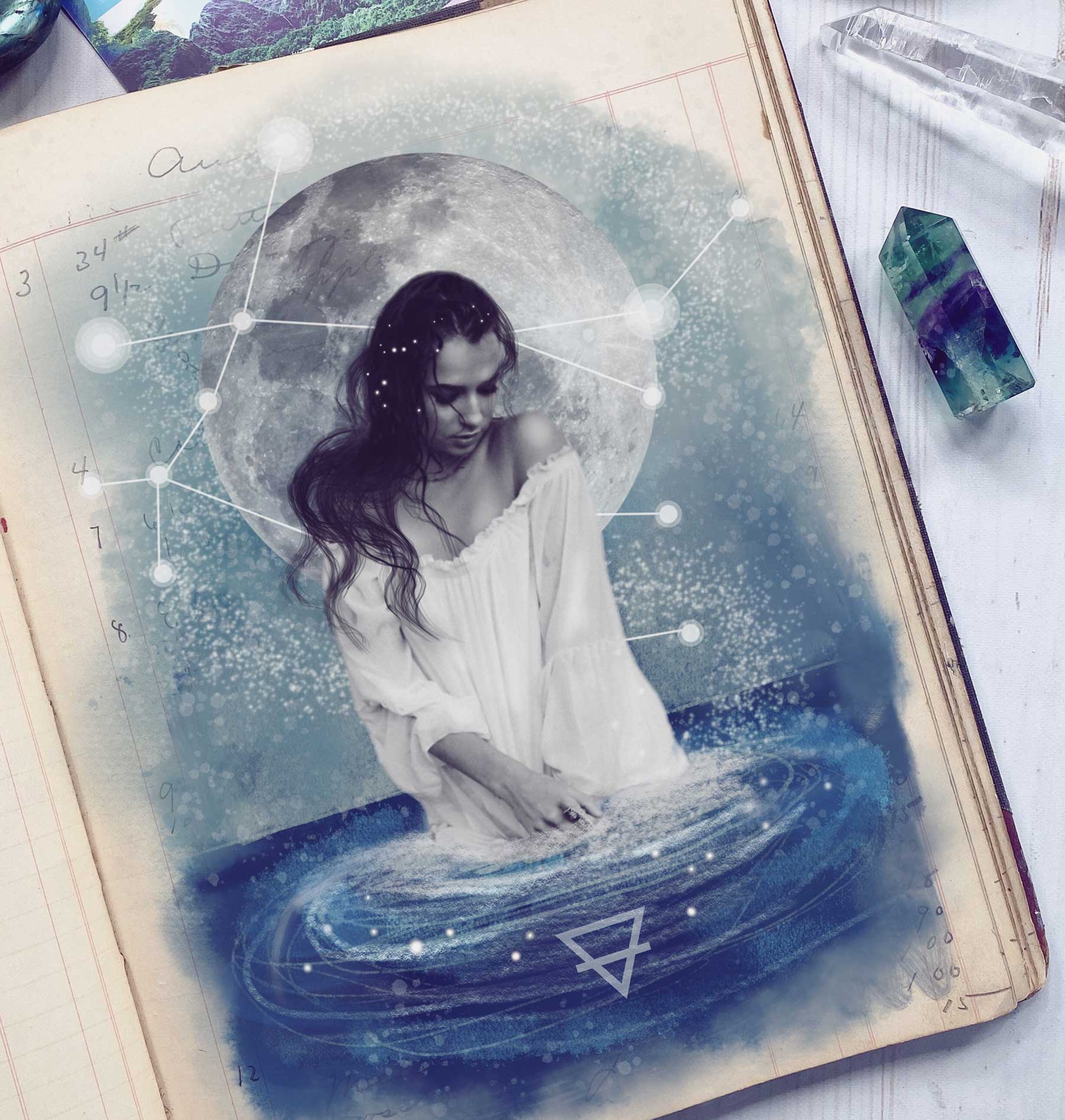
MONTHLY ART LESSON
with Jenny Grant
BONUS ART LESSON
with Ivy Newport
This month, I’m excited to share this mixed media collage lesson with you. I created this last year for another collaborative class but have not released it on my own till now!
I wanted our Studioworks Community to be the first to enjoy it. In this lesson, we will celebrate our bodies and create a beautiful page dedicated to honoring our amazing vessels. Don’t feel you have to stick with my design, express your emotions and use colors that you enjoy. Drench yourself in self-compassion and gentle love.
STUDIOWORKS PODCAST
issue thirty-four
You can also listen to this month’s issue of the Studioworks journal. I find I love listening to books, podcasts and music while I draw, paint or go on a long walk. Enjoy.
Studioworks : issue thirty-four
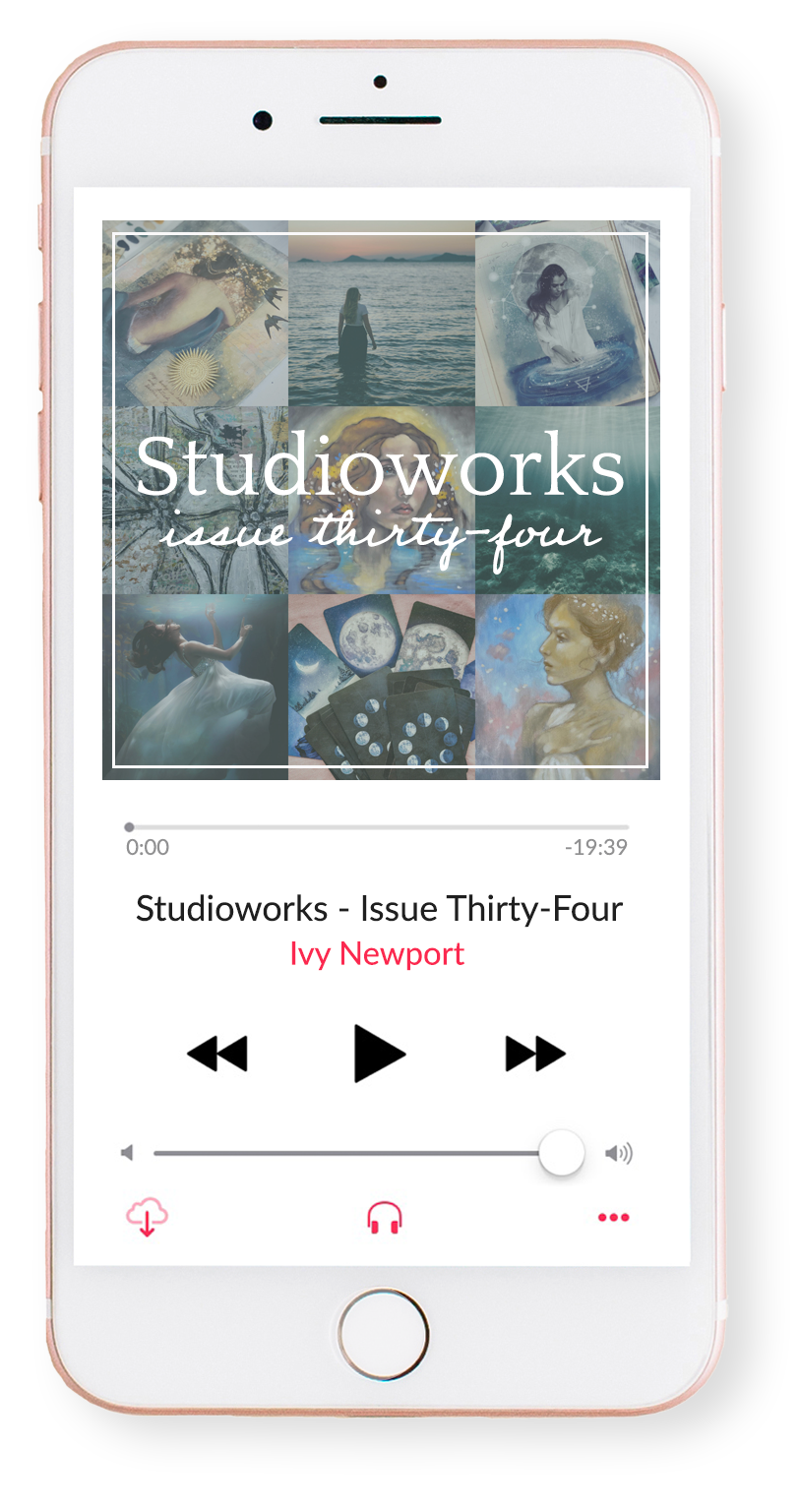
join us in the
Studioworks
creative academy
Your Studioworks membership unlocks full access to over 150 CREATIVE CLASSES and so much more. No more waitlists or wishing you could join a class.
Plus, you’ll receive UNLIMITED ACCESS to every issue of the Studioworks Journal. Each month you will be supported in your creative journey through teachings I will be sharing with you inside. This specially crafted online magazine will be packed with inspiration, guidance, creative prompts and sketchbook explorations.
Come join this amazing creative community!
First month free – cancel anytime!
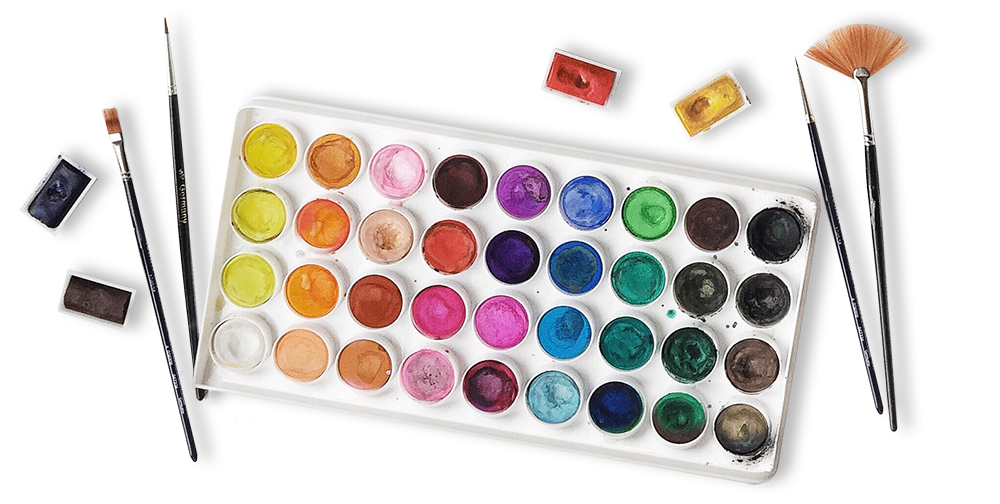
inspiration: curated
Books to Discover & Enjoy
MUSIC PLAYLIST
I had so much fun curating this list. I hope you enjoy!!
THINGS TO WATCH
PINTEREST BOARDS
CLASSES TO TRY
Here are just a few of our fantastic classes! They feel in alignment with this month’s issue! I highly recommend checking them out if you haven’t already. Enjoy!

